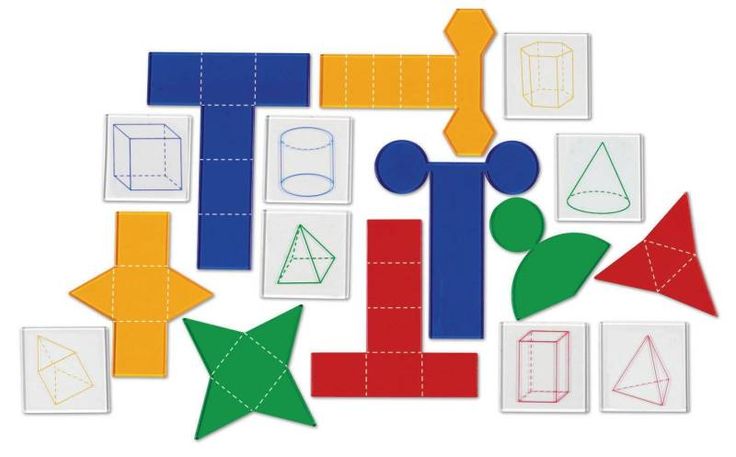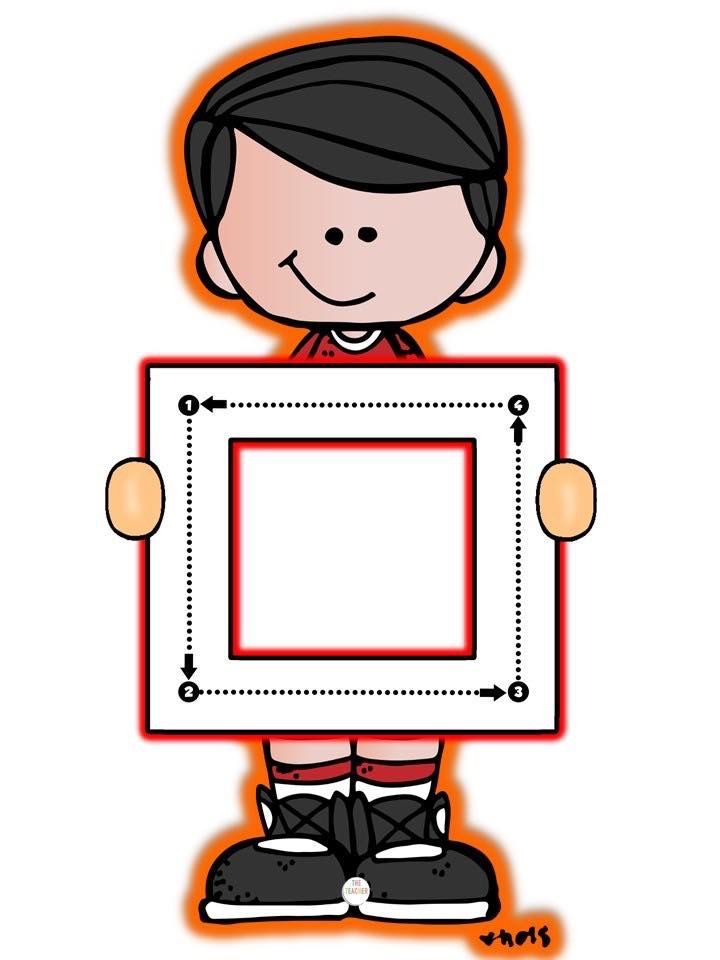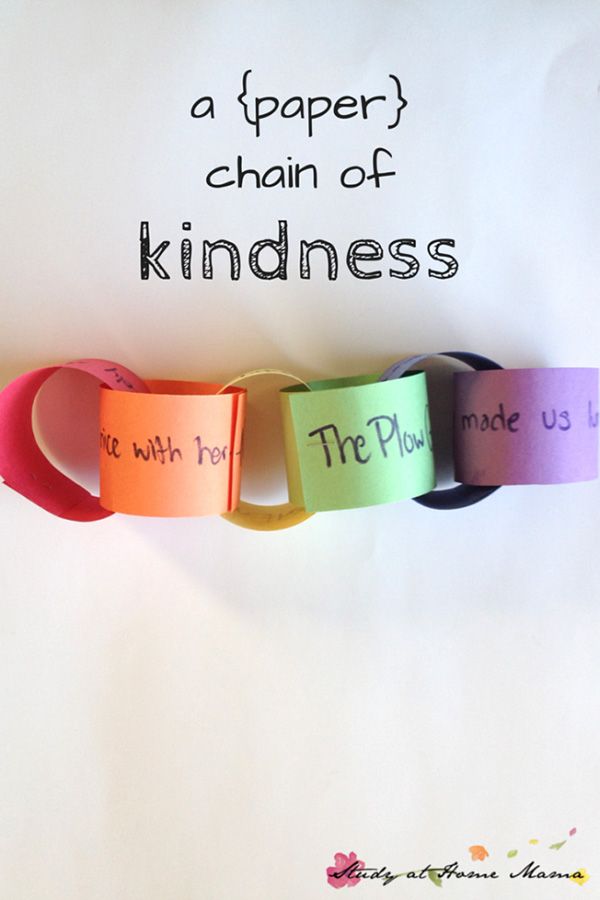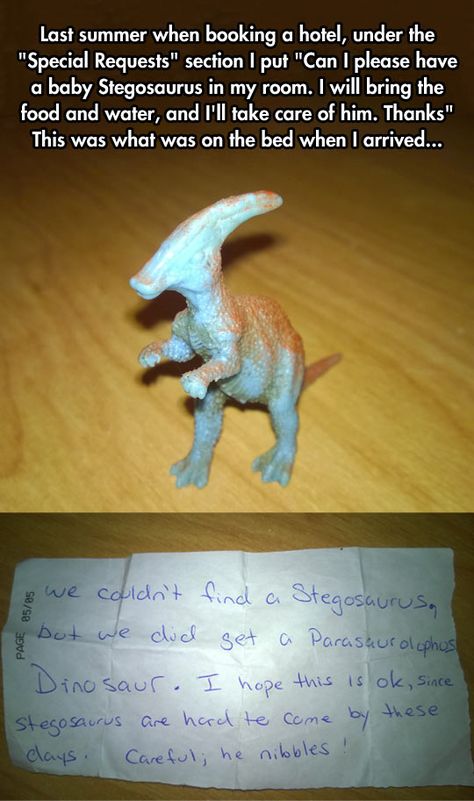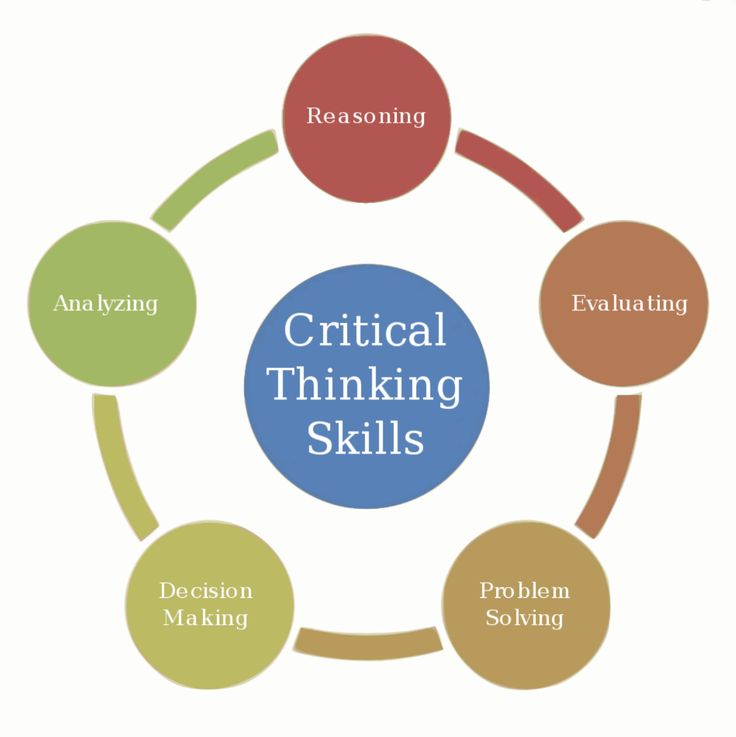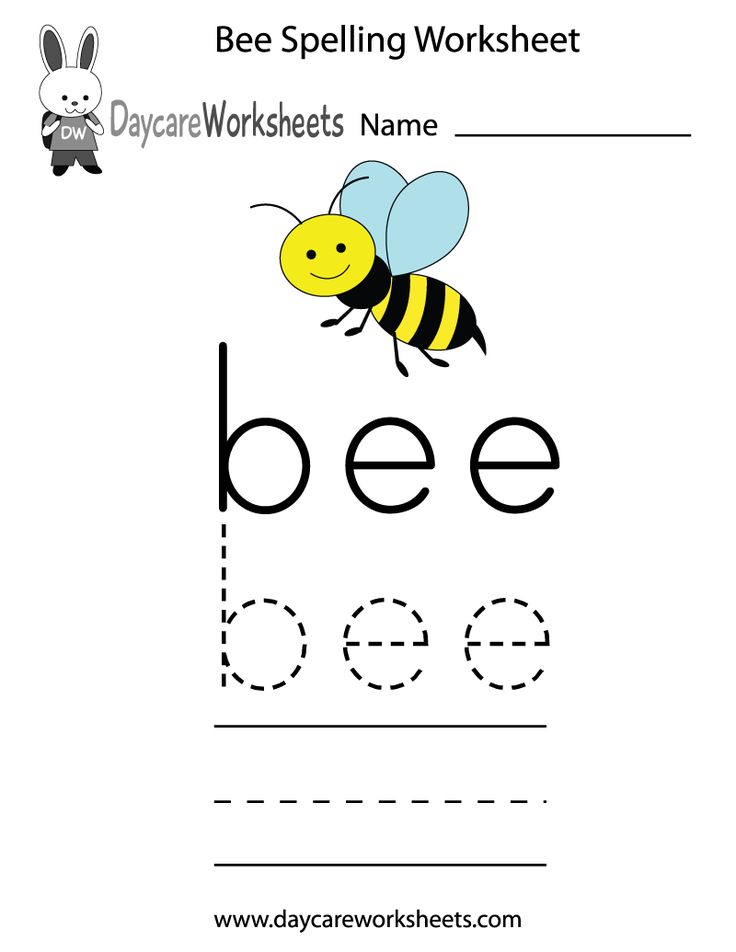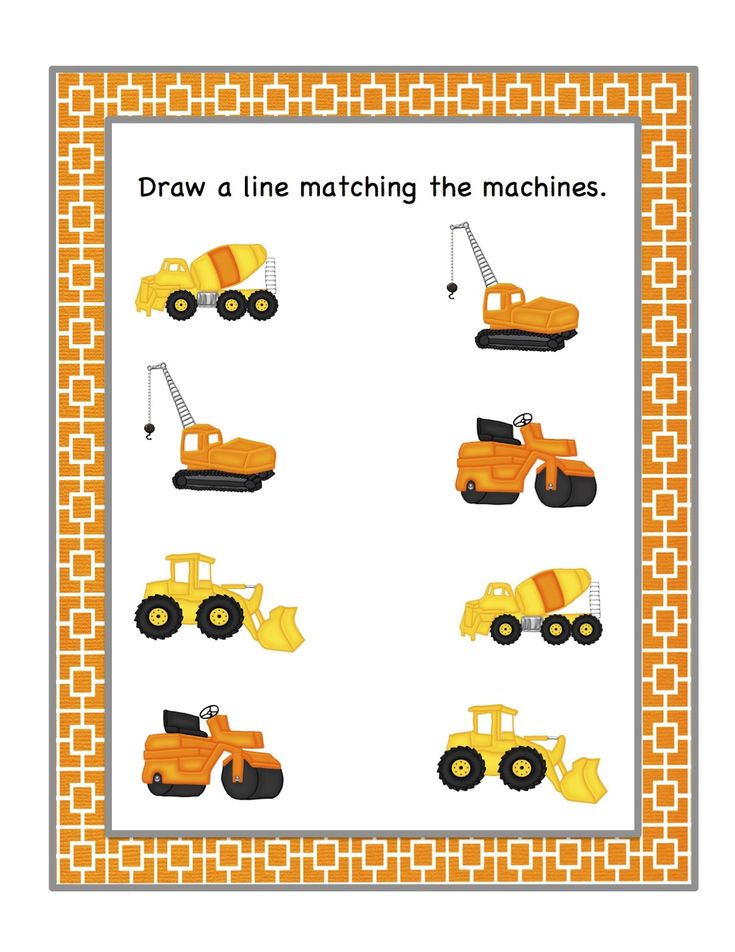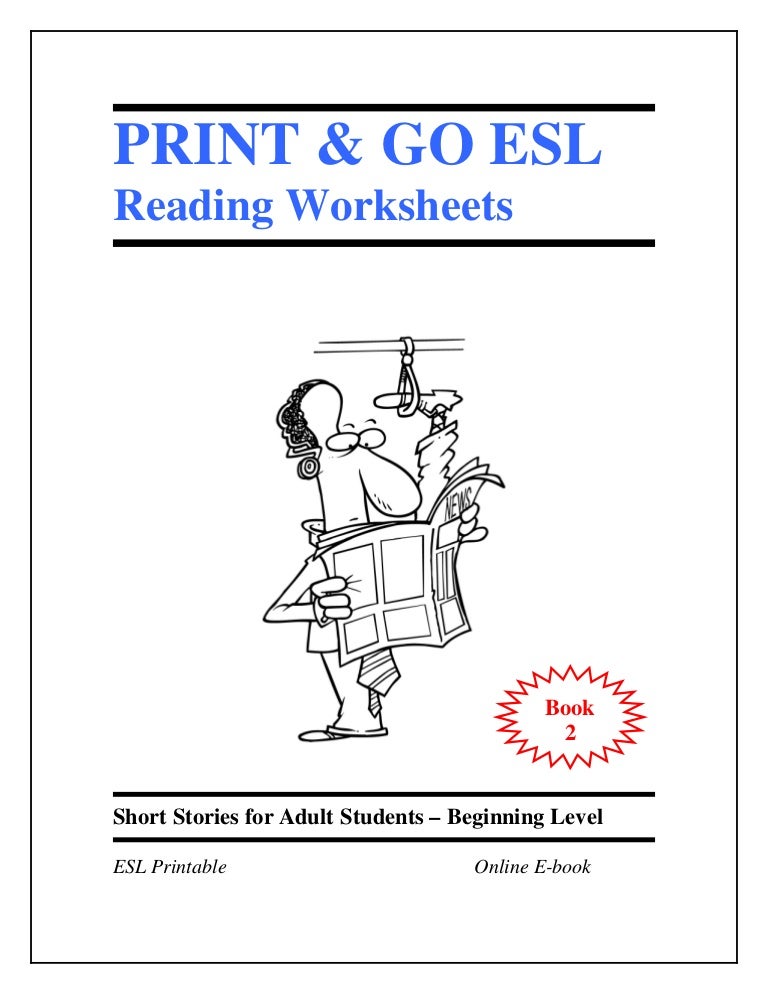Teaching shapes to kids
13 Fun Ideas to Get Started
17 shares
- Share
- Tweet
Toddlers are always learning, and when your toddler is around two-years-old, it’s time to start teaching shapes to toddlers.
My toddlers always love to learn shapes, and with so many fun activities, you’ll find plenty of ways to teach your toddlers all the shapes. It’s best introduced as simple activities and games, along with shape toys that your child can enjoy for months.
Ready to get started? Here is what you need to know about teaching shapes to toddlers.
This post may contain affiliate links which I would receive a small commission should you make a purchase.
Why Teach Shapes to Toddlers
Have you ever looked around you and realized that shapes are one of the most noticeable attributes of the world around us? Teaching shapes to toddlers gives them a way to recognize and understand the world around them.
Learning shapes has several benefits for toddlers.
1. Same or Different
Are triangles and circles the same? Are these squares the same or different?
Discriminating same vs different is a big deal for toddlers, and it helps them start to visually discriminate and learn the world around them. Kids start learning how to scan their environment and notice important differences. It also helps your children follow directions better.
For example, you might tell your toddler to grab the blue circle on the floor. That’s much easier for them to understand than just saying get the toy on the floor.
2. Teaches Categorization
Looking and learning about shapes teaches your children about the attributes off objects. Children learn how to make observations about similarities and differences.
For example, toddlers might compare two different squares. He will notice they’re the same shape, but they might be smaller or different colors.
3.
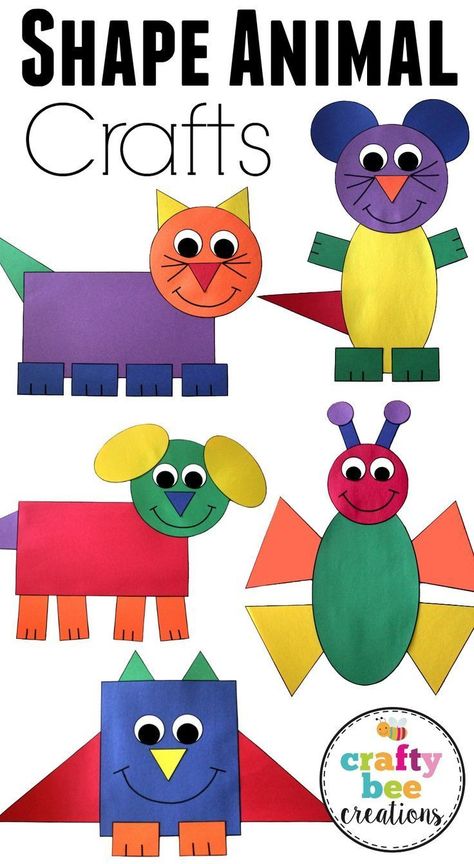 Works on Problem Solving
Works on Problem SolvingPlaying with a shape sorter helps your child determine where the blocks fit. This is an early example of problem-solving for toddlers.
Learning and discriminating shapes also works with spatial relation skills. Does the block fit into the same well? How do objects fit together? These are future math and science skills!
4. Early Math Skills
Shapes is a big part of early math skills. Building with blocks and working on shape puzzles are early geometry lessons. Your toddler learns geometric concepts like shapes, sizes, space, and position.
5. Early Letter Recognition
Shapes are also part of early letter recognition. Have you ever noticed the triangles made up A, V, and W? A circle is an O.
Learning about basic shapes helps your children learn about letter recognition and numbers, and it also helps them to draw shape, a precursor to writing.
6. Use Descriptive Vocabulary
Learning shapes helps to build your toddler’s descriptive vocabulary, encouraging your child to describe and express what they see.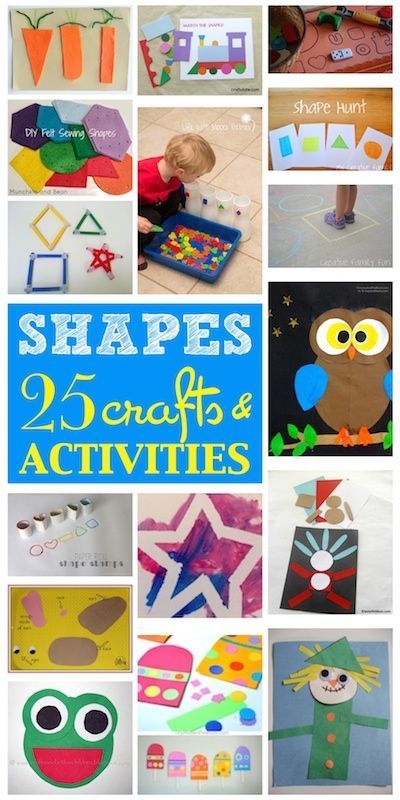
She might notice the square cookie (hey, it happens!), red flowers, or the triangle-shaped toy. This is a gradual step, but it’s an important benefit of learning shapes.
13 Tips for Teaching Shapes to Toddlers
1. Play with Shape Puzzles
One of my favorite ways to teach shapes to toddlers is to play with shape puzzles. While it’s good for your child to play with puzzles alone, make sure you take the time to play with them and give them the names of the shapes regularly.
There are all kinds of awesome shape puzzles that your toddler will love. If you have a toddler who is around one-year-old and you want to introduce shapes, the Melissa & Doug First Shapes Jumbo Knot Puzzle is perfect. It has easy-to-grasp knobs and an understandable picture for toddlers.
If you have a toddler who is a bit older, the Melissa & Doug Shapes Wooden Chunky Puzzle is perfect. The puzzle has eight shapes total and large, chunky shapes that is easy for toddlers to grasp.
2. Be Repetitive
Repetition is a big deal. When your toddler is learning anything, you have to repeat the information several times.
Think about how many times you need to repeat directions, even for older kids!
Repeating the information for your toddlers is crucial, so when they hand you a puzzle shape, make sure you say the shape name. If you see a shape around the house – like the dining room table is a rectangle – make sure to tell your toddler!
3. Tracing and Coloring
One of the easiest tricks for teaching shapes to toddlers is tracing and coloring. Grab some crayons and let your child color some shapes.
If you can’t find coloring books that have shapes, there are plenty of shape printables or make your own. Toddlers aren’t picky at all!
4. Use Shape Sorters
I used to assume that shape sorters were an outdated toy that kid don’t need anymore – WRONG. Shape sorters give your child an opportunity to hold and learn the shapes, but it also works on problem solving skills.
At first, take away a few of the shapes to reduce the overwhelm your toddler might feel as they learn the shape sorter.
If you don’t have a shape sorter at home, I love the Melissa & Doug Shape Sorting Cube. It’s a classic sorting cube with 12 different shapes, ideal for kids two to four years old.
5. Cut Shapes with Play Doh
What kids don’t love Play-Doh? My kids are totally obsessed, and it’s an easy way to keep them occupied and engaged in learning. We have several Play-Doh sets and accessories around our house; mama needs a break sometimes!
I found a large set of play dough accessories, and several of the cutters are shapes. Give your kids some tubs of Play-Doh and these shape cutters. Show them a shape and tell them to cut out a square or triangle.
Trust me; your toddlers will love this!
6. Find Shapes Around You
Shapes are everywhere, but it’s easy to adults to forget that.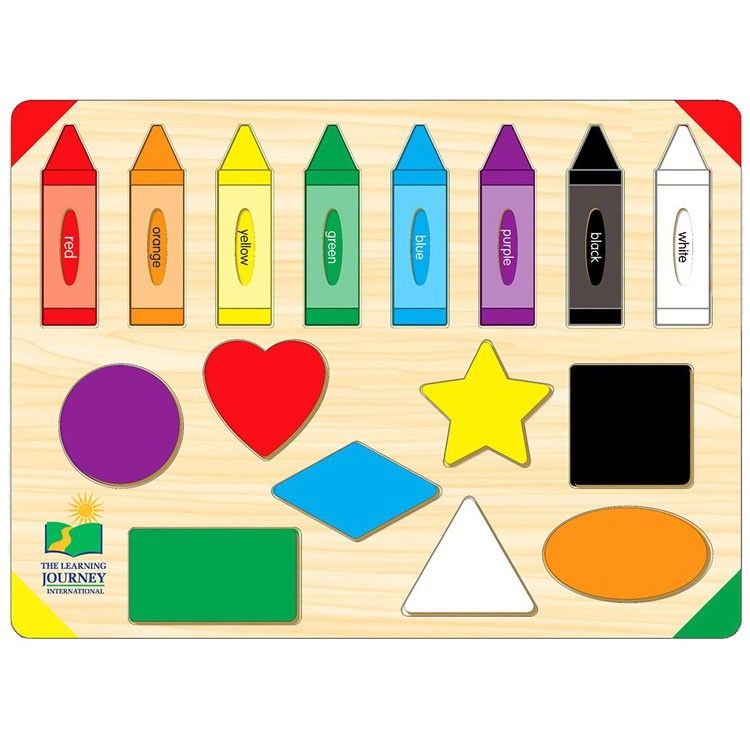 Toddlers need to understand that shapes are part of their world, so look for shapes around you.
Toddlers need to understand that shapes are part of their world, so look for shapes around you.
The table is a rectangle, a tall cup is a cylinder, the plate is a circle, and a cellphone is rectangle.
Shapes are everywhere, and parents need to point them out regularly. It helps your child know that learning shapes is a big deal!
7. Use Q-Tips to Build Shapes
One of the easiest ways to teach shapes is to build them with q-tips, something most people have and is super cheap.
Some shapes cannot be made with q-tips, like circles, but most can be made with them.
8. Draw Shapes with Sidewalk Chalk
We always have a bucket of sidewalk chalk sitting around, and it’s a great way to teach your toddler shapes. Draw the shapes with the chalk and tell your child the name of each shape. You can even call out shapes and have your child jump from shape to shape.
9. Don’t Learn Too Many at Once
Make sure you don’t introduce too many shapes at one time.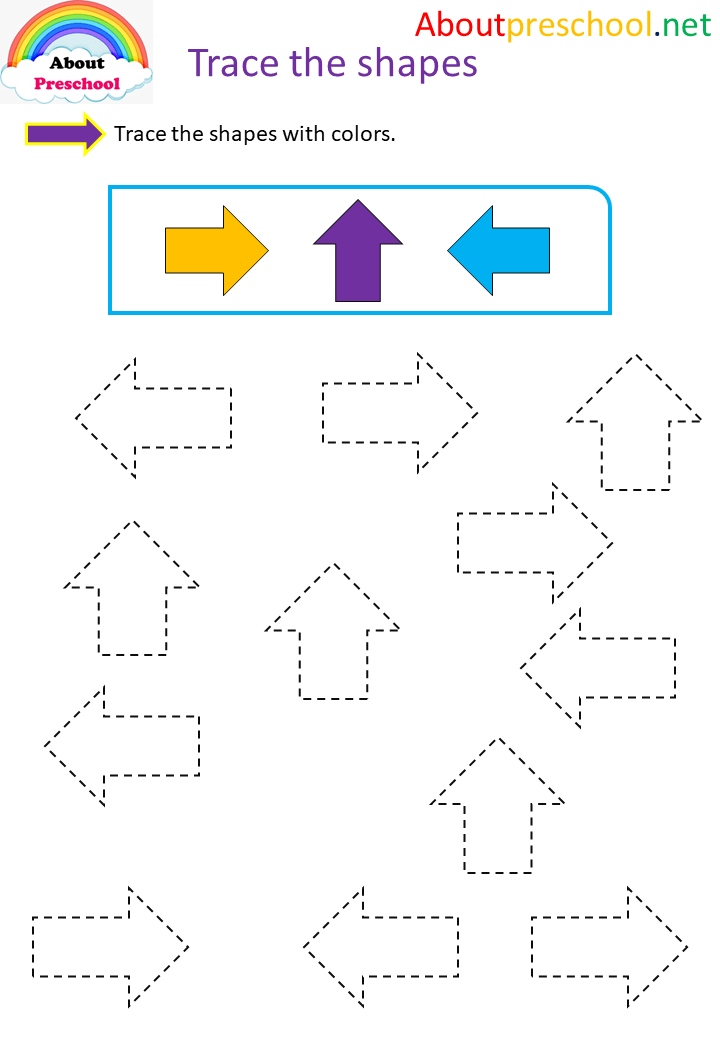 That leads to overwhelm, and your goal is mastery. It’s impossible to master skills when the focus is spread out too thinly.
That leads to overwhelm, and your goal is mastery. It’s impossible to master skills when the focus is spread out too thinly.
10. Draw Shapes in Shaving Cream
If you’re worried that your toddler will eat the shaving cream, whipped cream or peanut butter are edible substitutions that work as well.
Spread the shaving cream over the table and have your child draw the shapes in the cream. You’ll need to show them the shapes first and how to draw them.
11. Use Geoboards
Geoboards are a fun little tool that I have for my toddlers. All you need is the geo board and some rubber bands. Then, they “build” the shapes on the boards.
It keeps them entertained for quite awhile, and it’s even fun for you to enjoy.
12. Paint the Shapes
Here’s an easy and fun idea for toddlers.
Cut out shapes from a kitchen sponge, dip them into washable paint, and stamp paper with the shapes. You can start off with one or two shapes and gradually build up to more sponge stampers.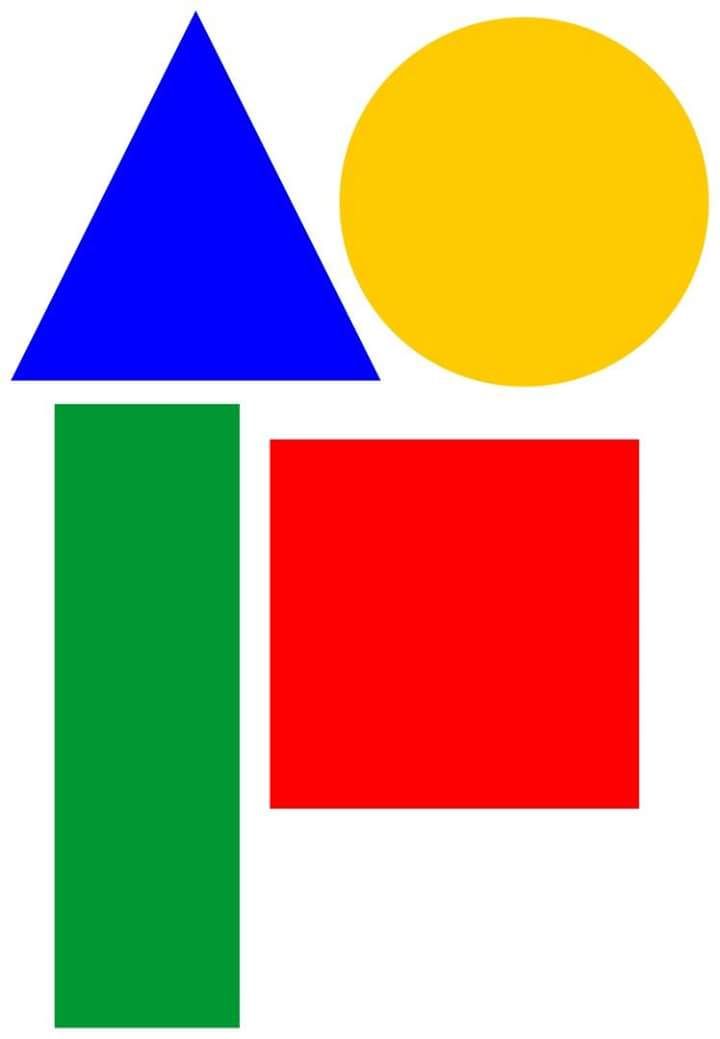
13. Shape Hunt
Try hiding shapes around a room for your toddler to find, or bury shapes in a box of rice or beans for your child to discover. Making a sensory bin with shapes is a great way to teach your toddler shapes while also engaging their other needs.
When Should Toddlers Learn Shapes?
Naming shapes takes longer to develop then learning colors. Children typically reach the stage when they can grasp the concept of shapes around two years old, but that doesn’t mean they’ll fully grasp shapes at that stage.
By the time your child is three to four years old, your child should be able to identify most of the basic shapes. Advanced shapes, like octagons, will be learned much later.
What Shapes Should a 2 Year Old Know?
An average two-year-old is just starting to learn shapes, so your child might not know any shapes yet. At this age, toddlers are starting to learn the basic shapes like circle, square, triangle, and rectangle.
What Shapes Should I Teach First?
Start by teaching your child the most common shapes: squares, circles, and triangles.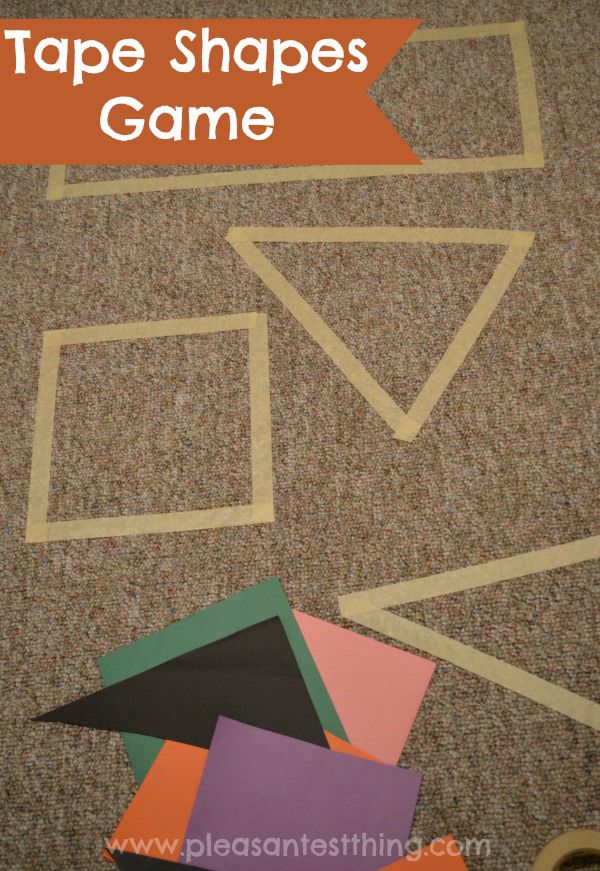 After your child understands these three shapes, move to rectangles, stars, diamonds, and ovals.
After your child understands these three shapes, move to rectangles, stars, diamonds, and ovals.
Teaching shapes to toddlers should be fun and engaging; this shouldn’t be sit-down lessons that bore your child. Focus on making learning shapes as fun as possible and remember that repetition is necessary to help your toddler learn the names of the shapes.
Related posts:
Teaching Basic Shapes to Kids In an Interesting Way
Table of Contents
| 1. | Introduction |
| 2. | Why is teaching shapes so important? |
| 3. | What are the different types of shapes for kids? |
| 4. | How to teach kids with the help of games and activities |
| 5. | Conclusion |
| 6. | About Cuemath |
7. |
Frequently Asked Questions (FAQs) |
| 8. | External References |
Introduction
Kids have dynamic learning capabilities that are enhanced by their observation skills. However, parents need to take tiny steps while teaching preschool kids. Basic shapes and colors impact children. They try to understand their surroundings by looking at the different objects around them. All kinds of objects and structures help kids in learning shapes. As a parent one should introduce different shapes for kids at an early age. There are various shapes activities for kindergarten that can help kids learn and understand basic shapes.
Shapes for Kids
Here is a downloadable PDF that lists out various shapes for kids. Teaching basic shapes for kids helps them understand their own observations.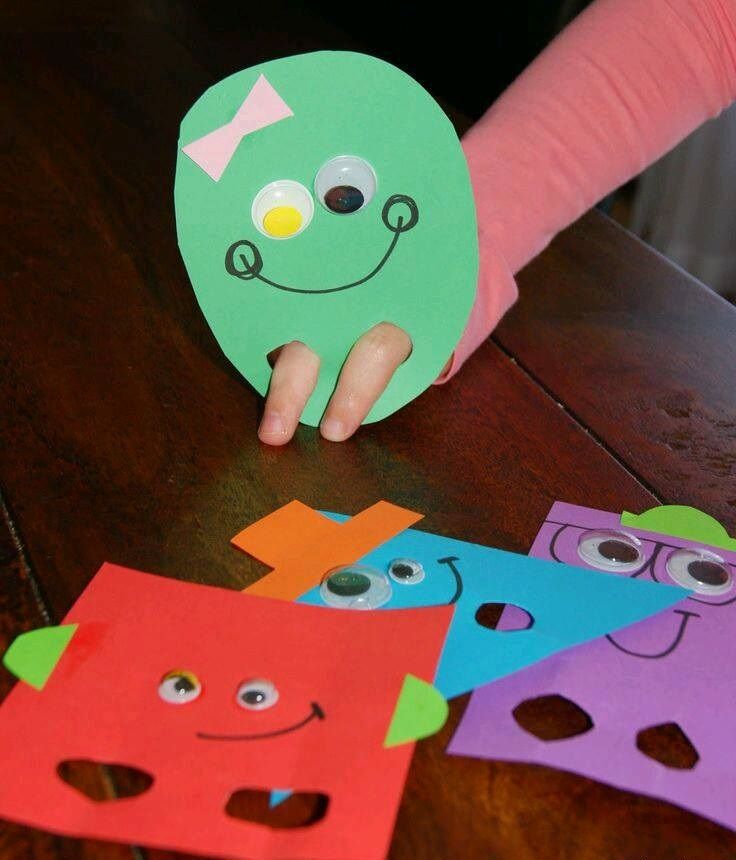 Different types of shapes for kids. Click on the download button to explore them.
Different types of shapes for kids. Click on the download button to explore them.
Why is teaching shapes important?
Basic shapes for kids are being taught at every preschool today. It is important to understand the necessity of shaping activities for kindergarten kids. Few ways in which kids are impacted by basic shapes are:
- Visual Information
- Sign and symbols
- Alphabets and numbers
- Mathematical concepts
- Categorization and comparison
- Problem-solving
- Symmetry
- Kids Learn how to organize visual information
Children observe their surroundings very keenly and encounter different shapes every single day. Teaching basic shapes for kids helps them understand their own observations. The visual information they gather comprises compound shapes that are formed by a combination of basic shapes.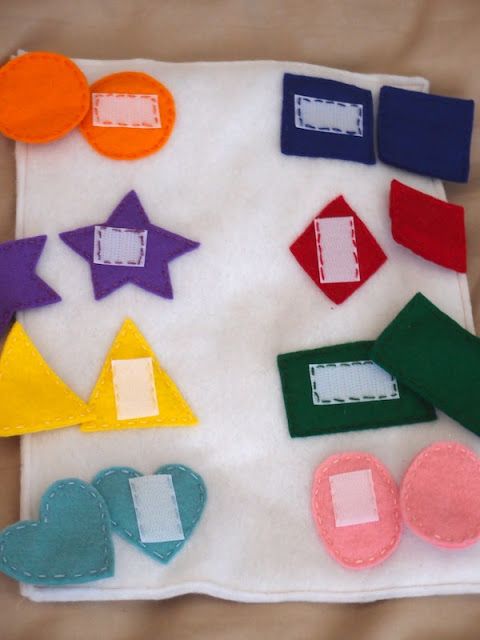 Shapes’ names for kids enable them to identify the basic shapes in compound shapes. For instance, when a child looks at a car it appears to be a rectangular box. However, children will learn to identify the compound shapes in a car once they learn basic shapes.
Shapes’ names for kids enable them to identify the basic shapes in compound shapes. For instance, when a child looks at a car it appears to be a rectangular box. However, children will learn to identify the compound shapes in a car once they learn basic shapes.
- Helps to teach signs and symbols
Symbols are very important for kids. But it will take some time for kids to get used to it. Kids take some time before they can actually name the shapes they see. However, this does not indicate that the kid is unable to comprehend basic shapes. Signs on the other hand impart certain information and details. Basic shapes for kids help them store information in their minds. Kids are usually 5 to 6 years old when they start following signs and symbols
.
- Help kids identify different alphabets and numbers
Toddlers may get confused among all the alphabets they see.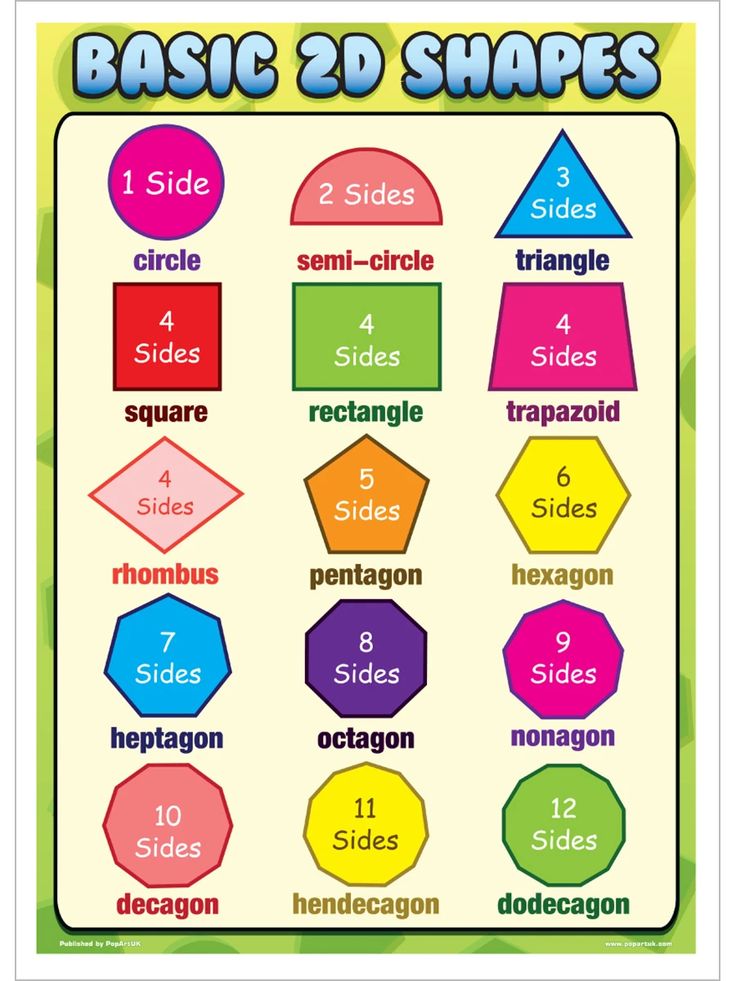 As parents, it can be challenging to teach various letters and numbers. Kids tend to mix up similar-shaped letters like “b” and “d”. Patience is important while correcting these mistakes. Learning shapes for kids help them differentiate among the letters. Therefore all the preschools cover learning shapes for kids before moving into Alphabets and numbers.
As parents, it can be challenging to teach various letters and numbers. Kids tend to mix up similar-shaped letters like “b” and “d”. Patience is important while correcting these mistakes. Learning shapes for kids help them differentiate among the letters. Therefore all the preschools cover learning shapes for kids before moving into Alphabets and numbers.
- Basic mathematical concepts can be taught
Once a child is comfortable identifying shapes for his /her own, they can start learning simple mathematical operations like addition and subtraction. It is always easier to teach addition than subtraction. Therefore we advise parents to start teaching addition and then venture into subtraction. Basic shapes for kids include balls, matchboxes, dice, etc. So you can pick the object of your choice and start teaching simple maths to your kids.
- Categorization and comparison
Facial recognition and navigation skills are swiftly developed among kids who can categorize and compare various shapes.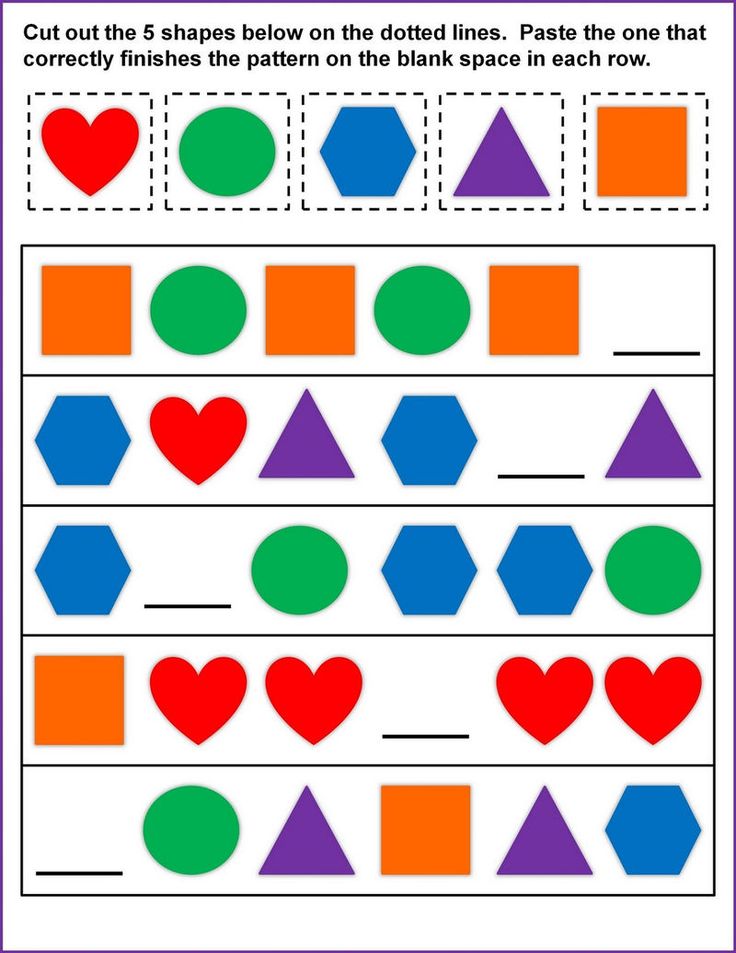 As kids learn to differentiate shapes, they understand facial features and their differences. It is also important to note that different shapes for kids imply different geographical locations or features. Have you noticed, in kids’ drawing- mountains and hills are always triangles and houses have a square or rectangle structure with a triangular roof? We do suggest you take a look and understand how kids observe and compare the shapes around them.
As kids learn to differentiate shapes, they understand facial features and their differences. It is also important to note that different shapes for kids imply different geographical locations or features. Have you noticed, in kids’ drawing- mountains and hills are always triangles and houses have a square or rectangle structure with a triangular roof? We do suggest you take a look and understand how kids observe and compare the shapes around them.
- Problem-solving
Brain development and thinking skills are really important for a kid in preschool or kindergarten. Shapes and colors are directly responsible for brain development. Kids analyze structures and start with 2-D mental mapping and then gradually, as the year progresses, they start 3-D mapping. These mental mapping of shapes plays a crucial role in the development of problem-solving abilities in children.
- Symmetry
Kids love to play around the parks or fields. This is important for the development of their motor skills. However, kids tend to lose their balance more often than adults. Growing up, we all had cuts and bruises on our knees Over the years these injuries started disappearing even when sports activities became more rigorous. This happens when kids are unable to understand the basic concept of balance and center of gravity. Now even though terms like the center of gravity feel fancy for kids, it is important to teach symmetry with the help of basic shapes for kids. This will help them understand how to position themselves and develop motor skills.
This is important for the development of their motor skills. However, kids tend to lose their balance more often than adults. Growing up, we all had cuts and bruises on our knees Over the years these injuries started disappearing even when sports activities became more rigorous. This happens when kids are unable to understand the basic concept of balance and center of gravity. Now even though terms like the center of gravity feel fancy for kids, it is important to teach symmetry with the help of basic shapes for kids. This will help them understand how to position themselves and develop motor skills.
What are the different types of shapes for kids?
Different shapes for kids are available ranging from basic shapes to compound shapes. Basic shapes are simple shapes that can not be broken down into simpler shapes by general conventions, examples include square, circle, triangle, etc. Compound shapes can be split into simpler shapes, examples include Arrows, Starts, etc.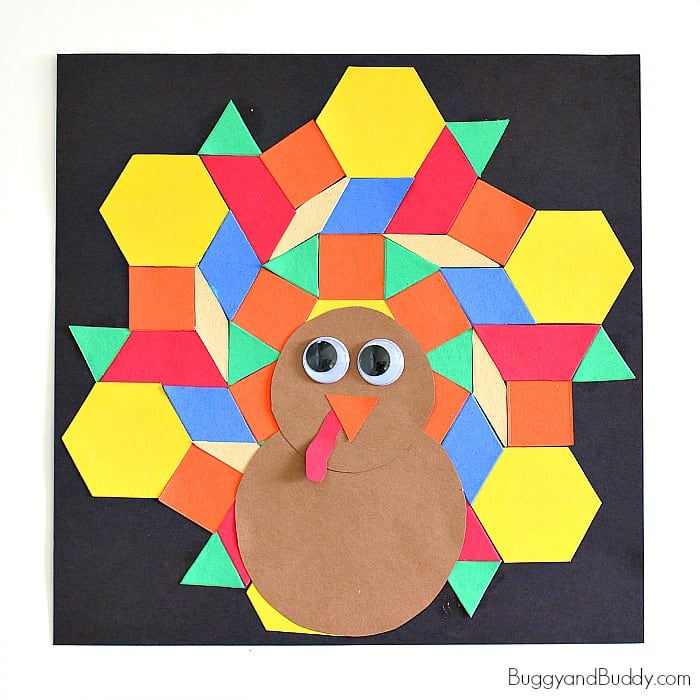 Let us go through a few shapes to understand better.
Let us go through a few shapes to understand better.
|
Shape |
Image |
Number of Sides |
Example: |
|
Triangle |
3 Sides |
Mountains and Hills are Triangle in shape |
|
|
Square |
4 Sides |
Small houses or huts are square in shape |
|
|
Rectangle |
4 Sides |
Cars and buses are rectangle in shape |
|
|
Circle |
No Sides |
Wheels and Balls are circle in shape |
|
|
Arrow |
7 Sides |
Signs boards have an arrow shape |
|
|
Star |
10 Sides |
Starfish and star anise are star-shaped |
|
|
Diamond |
4 Sides |
Kites and crystals have diamond shape |
|
|
Heart |
No Sides |
Strawberries are heart-shaped. |
- Basic Shapes for kids
Shapes like squares, triangles, circles, and rectangles are taught first to kids. Once a child learns how to categorize and name these shapes, they are taught more complex shapes. However, it suggested that ample time is spent on basic shapes for kids. This is because all the shapes are taught at a later stage depending upon the concepts developed during learning basic shapes for kids. It may require a little while for kids to pick up the concept but we suggest parents be patient.
- Advanced Shapes for kids
Once a child is familiar with basic shapes he/she is ready to learn advanced shapes for kids. These shapes include arrows, stars, and hearts. Advanced shapes do not include 3-D structures in preschool as it may confuse them. Kids with a clear conception of basic shapes will be able to ace this topic quickly.
Kids with a clear conception of basic shapes will be able to ace this topic quickly.
How to teach shapes to kids with the help of games and activities?
Till now, we saw how important basic shapes can be for a child's brain development. Teaching shapes can be cumbersome without activities as children find it difficult to comprehend something that can not be observed. Activities and games will help kids learn while having fun.
Now, we will look into a few activities and games to help your child play and learn.
- Flashcard shapes for kids
Flashcards are a really fun and interactive tool while teaching kids. They can be purchased in stores or prepared by hand. You can draw different shapes on cards made out of thick paper to prepare a set of flashcards. Use these cards to play with your child. Ask your kid to pick up a card and name the shape drawn on the card.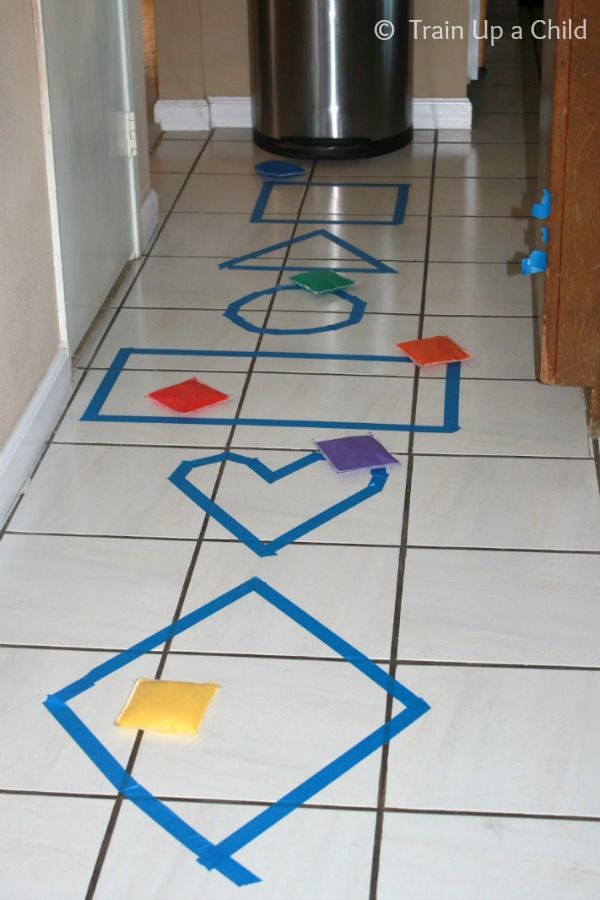 Maintain a scoreboard and let them beat their own high scores.
Maintain a scoreboard and let them beat their own high scores.
- Shapes for kids chart
Bright and colorful shape names for kid's charts are available in the market. To prepare them at home, you need to draw shapes and write down their names. Colorful shapes are easier to remember for kids. Ask your kids to look at the beautiful chart every day in the morning before going to preschool or kindergarten.
- Shapes hunt
Just like a treasure hunt, shapes hunting is fun and easy for preschoolers. Use a set of flashcards with different shapes on them. Ask your kid to pick up one card and identify the shape and once he or she has identified the shape, ask them to find an object of the same shape around the house. This will keep the kids engaged and help them relate basic shapes to their surroundings.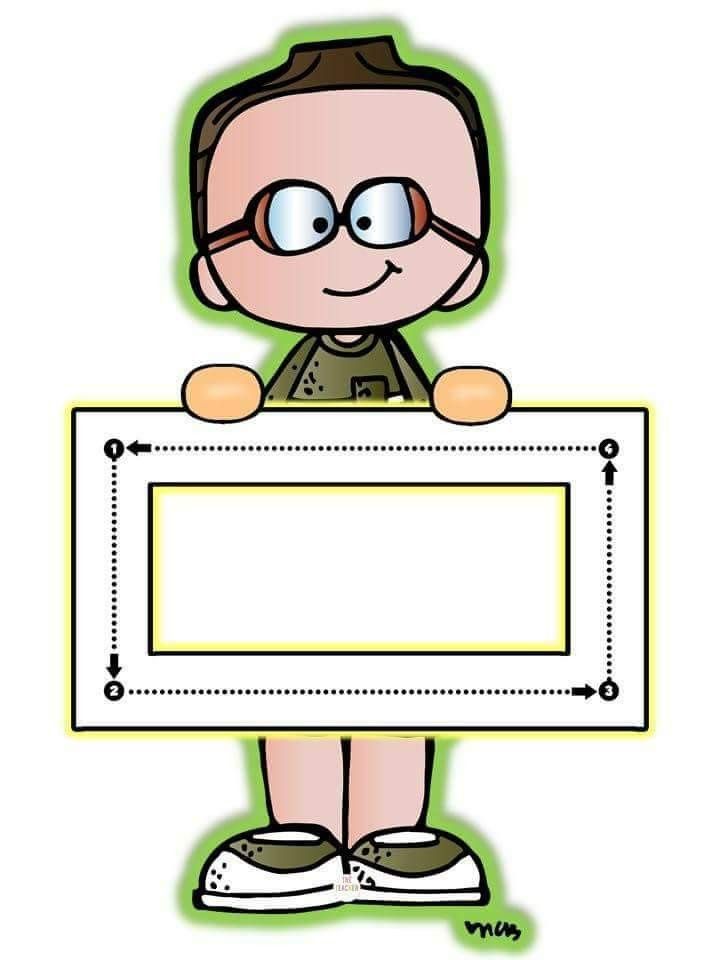
- Puzzle games
Two types of puzzles are available for kids to learn basic shapes. The first one contains pieces of brightly colored basic shapes for kids. These shapes need to be fitted onboard with hollows similar to the shapes. These boards with pieces of basic shape for kids are available in preschool supply shops and toy shops.
The second type is a conventional puzzle with bigger pieces. Once a child is proficient in basic shapes for kids they can try to join the pieces of a picture together.
We suggest you go for basic puzzles with pictures of fruits and flowers to keep the level easy for your child.
Conclusion
In the former section, we came across the various benefits of teaching basic shapes for kids. It is one of the most important topics covered in the kindergarten and preschool syllabus.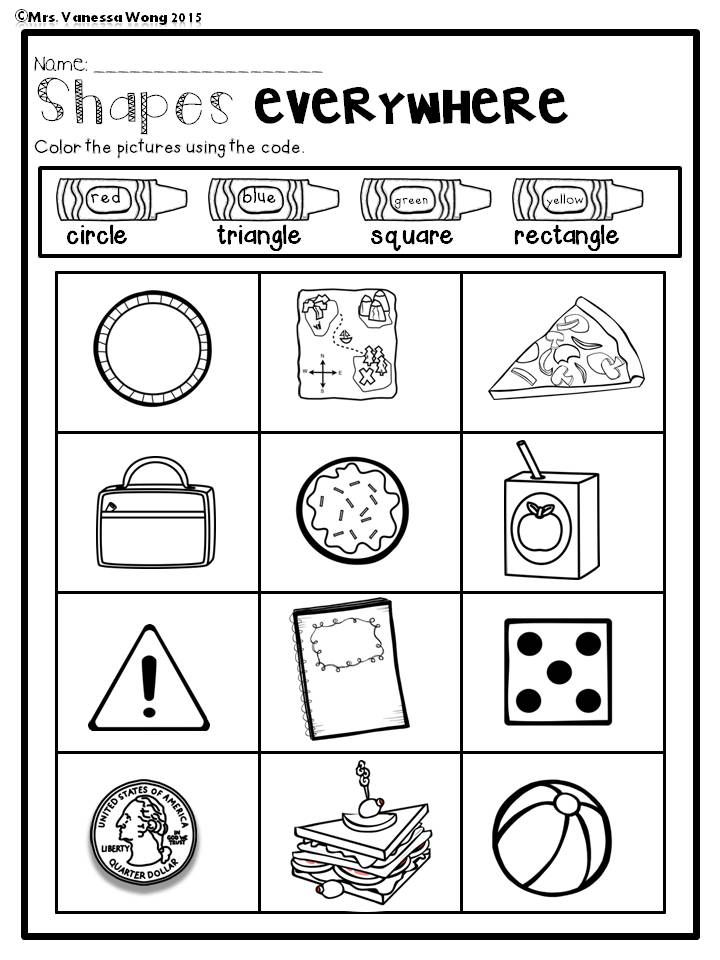 Even though your child may be learning shapes for kids in school, it is suggested that parents help them out with shapes games for kids. This is because the identification of shapes and naming shapes are two different objectives. Kids tend to forget shape names.
Even though your child may be learning shapes for kids in school, it is suggested that parents help them out with shapes games for kids. This is because the identification of shapes and naming shapes are two different objectives. Kids tend to forget shape names.
Start teaching basic shapes to your child and try to relate them with the objects around you. This will help kids relate the concept of basic shapes with their surroundings. We suggest parents start with basic shapes and gradually move into advanced shapes. Spend more time on basic shapes for kids to build the foundation for advanced shapes.
About Cuemath
Cuemath, a student-friendly mathematics and coding platform, conducts regular Online Live Classes for academics and skill-development, and their Mental Math App, on both iOS and Android, is a one-stop solution for kids to develop multiple skills. Understand the Cuemath Fee structure and sign up for a free trial.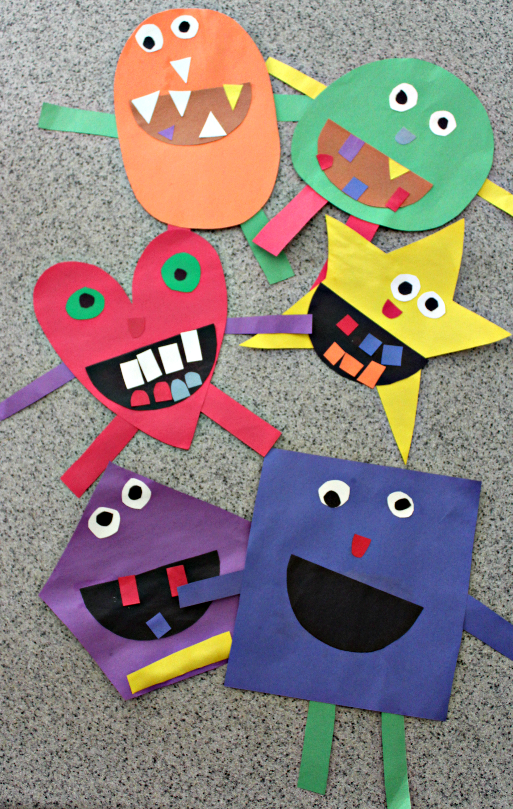
Frequently Asked Questions (FAQs)
What is the difference between regular and irregular shapes?
- Regular Shapes are those which have equal sides as well as equal angles. Irregular Shapes are just the opposite,i.e, their angles and sides vary.
- Examples of Regular Shapes are Square, Circle, Equilateral Triangle, etc.
- Examples of Irregular Shapes are Rectangle, Heart, Right-angled triangle, etc.
- Cylinder - Circles
- Cuboid - Rectangles
- Cube - Squares
- Pyramid - Rectangles and Circles
- Tetrahedron - Triangles
- Geometric: These are simple shapes like rectangle, square, triangle, etc. which are geometric in nature.
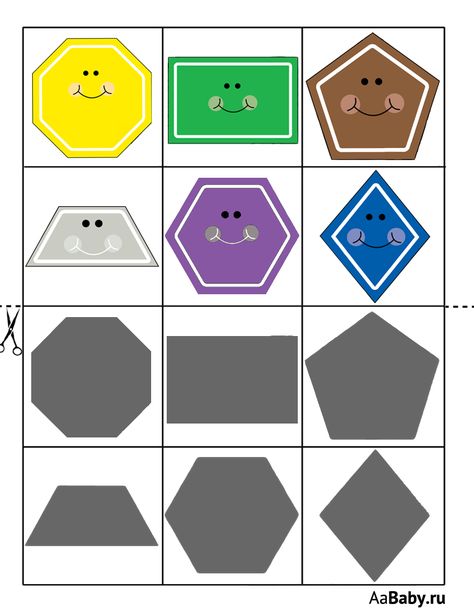 They form the basis of other types of shapes.
They form the basis of other types of shapes. - Organic: These shapes are curvier in nature and have a natural feel to them (for example, the shape made after the ink is spilled on a paper is of organic type). These are more soothing and relaxing to the eyes.
- Abstract: These shapes are complex in nature and are mostly used in graphics designing purposes. They are aesthetically beautiful but are not naturally found.
Learning Geometric Shapes: Games for Preschoolers
One of the important aspects of the development of mathematical concepts in preschoolers is the study of the basics of geometry. In the course of acquaintance with geometric shapes, the child acquires new knowledge about the properties of objects (shape) and develops logical thinking. In this article, we will talk about how to help a preschooler remember geometric shapes, how to properly organize games for teaching geometry, and what materials and aids can be used to develop a child’s mathematical abilities.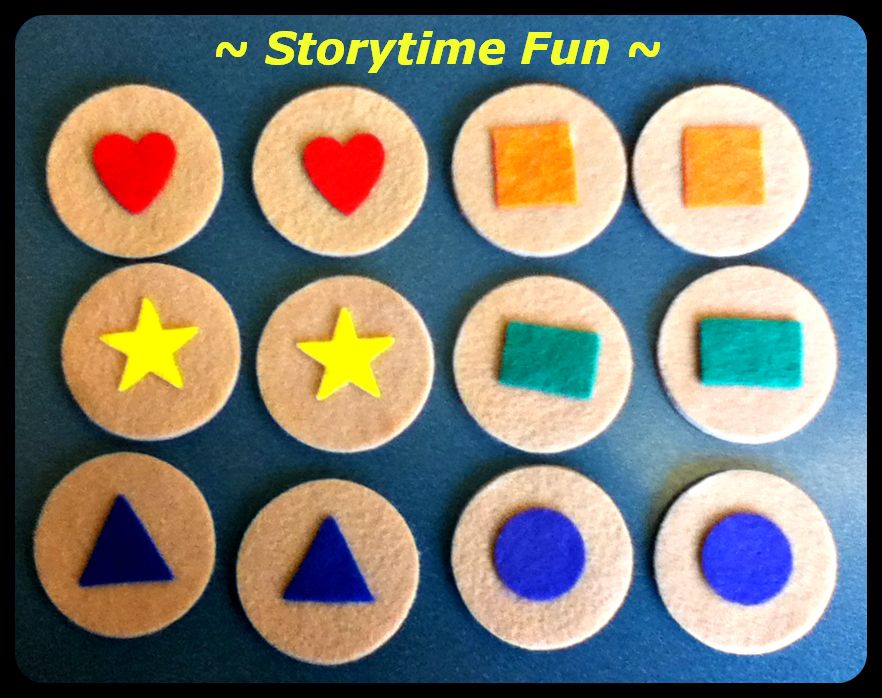
At what age can one start learning geometric shapes?
Many parents are wondering if young children need to get acquainted with geometric shapes. Experts believe that it is optimal to start classes in a playful, relaxed form from the age of 1.5. Until this age, it is appropriate to pronounce to the child the names of the shapes of objects that the baby meets in real life (for example, “round plate”, “square table”).
Introducing the child to geometric shapes, be guided by his reaction. If your baby started to show interest in them at an early age (by playing with the sorter or looking at pictures), encourage his curiosity.
At the age of 2, the baby should be able to distinguish between:
- Circle;
- Square;
- Triangle.
By the age of 3 you can add:
- Oval;
- Rhombus;
- Rectangle.
At an older age, a child can memorize such shapes as a trapezoid, a pentagon, a hexagon, a star, a semicircle.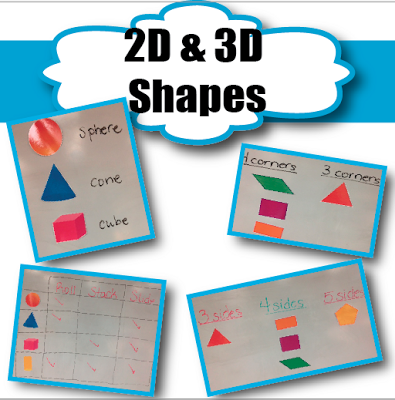 Also, children visiting the Constellation Montessori Center get acquainted with geometric bodies with interest.
Also, children visiting the Constellation Montessori Center get acquainted with geometric bodies with interest.
How can I help my child remember geometric shapes?
Teaching a child geometric shapes should take place in stages. You need to start new figures only after the baby remembers the previous ones. The circle is the simplest shape. Show your child round objects, feel them, let the baby run his finger over them. You can also make an application from circles, mold a circle from plasticine. The more sensations associated with the concept being studied, the child receives, the better the baby will remember it.
Three-dimensional figures can be used to get acquainted with the forms. It can be made by a designer, a sorter, lacing, frame inserts. Since at an early age the visual-effective type of thinking is most developed, various actions with figures will help to remember them better.
How children of different ages perceive geometric figures
The operations that a child can perform with geometric figures and how he perceives shapes depend on the age of the baby. In accordance with age characteristics, the following stages of training can be distinguished:
In accordance with age characteristics, the following stages of training can be distinguished:
- In the second year of life, the baby is able to visually recognize familiar figures and sort objects according to shape.
- At 2 years old, a child can find the desired shape among a number of other geometric shapes.
- By the age of 3, babies can name shapes.
- At the age of 4, a child is able to correlate three-dimensional figures with a flat image.
- At senior preschool age (and sometimes even earlier) you can start studying geometric bodies (ball, cube, pyramid). Also at this age, the child can analyze complex pictures consisting of many shapes.
Regardless of the child's age, try to pay attention to the shapes of the surrounding objects and compare them with known geometric shapes. This can be done at home and on the go.
Games for learning geometric shapes
For a child to be interested, learning geometric shapes should take place in a playful way. You should also select bright and colorful materials for classes (you can buy them in a store or do it yourself). Here are some examples of games and tutorials for learning geometric shapes:
You should also select bright and colorful materials for classes (you can buy them in a store or do it yourself). Here are some examples of games and tutorials for learning geometric shapes:
- Sorting. Games with a sorter can be started from the age of 1. Invite the child to find its window for the figure. So the child will not only memorize geometric shapes, but also develop fine motor skills, thinking and spatial representations, because in order for the part to fall into the hole, you need to turn it at the right angle. You can also sort any other items, such as building blocks, Gyenesch blocks, or counting material.
- Insert frames. In fact, this manual is similar to a sorter. For each geometric figure, you need to find its place.
- Geometric lotto. To play, you will need a field with the image of geometric shapes and handout cards with each figure separately. A child can take small cards out of a chest or bag, and then look for their place on the playing field.
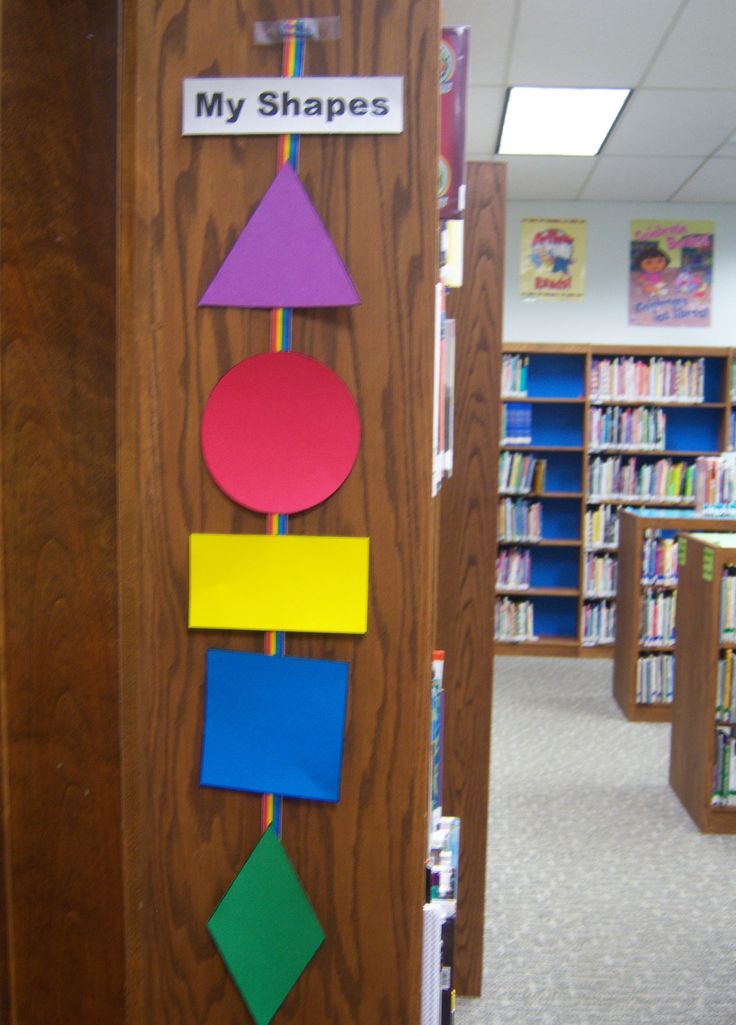 This game also perfectly trains the attention of the baby.
This game also perfectly trains the attention of the baby. - Geometric appliqué. Cut out various geometric shapes from paper and, together with your child, make a picture out of them (for example, you can make a Christmas tree from triangles, a house from a square and a triangle).
- Drawing (including stencils).
- Modeling.
- Laying out figures from counting sticks.
- Geometric mosaic.
- Laces with geometric shapes.
- Card games.
- Guess by touch.
- Active games. Draw geometric shapes on the pavement with chalk. Ask the child to imagine that the figures are houses that you need to run into on a signal. Next, you name a geometric figure, and the child runs to it.
In addition, educational cartoons can be used to study geometric shapes. Here is one of them:
Conclusions
Learning the basics of geometry at preschool age is an important part of developing a child's mathematical and sensory representations. Acquaintance with the figures should occur gradually (first, simple figures - a circle, a square, a triangle). To keep your child interested, study geometric shapes in a playful way. Your assistants in this can be such educational aids as insert frames, mosaics, lotto, sorters, sets of geometric shapes and bodies, stencils. You can also study geometric shapes on the street: just talk to your child about what you see around and what shapes these objects look like. Then the kid will definitely learn to distinguish geometric shapes and remember their names.
Conclusion
Montessori environment has been specially created for the comprehensive and harmonious development of each child in the children's center "Constellation". In the process of free work in it, children not only get acquainted with the basics of geometry, but also develop their cognitive processes, fine motor skills, learn to write, read, and count.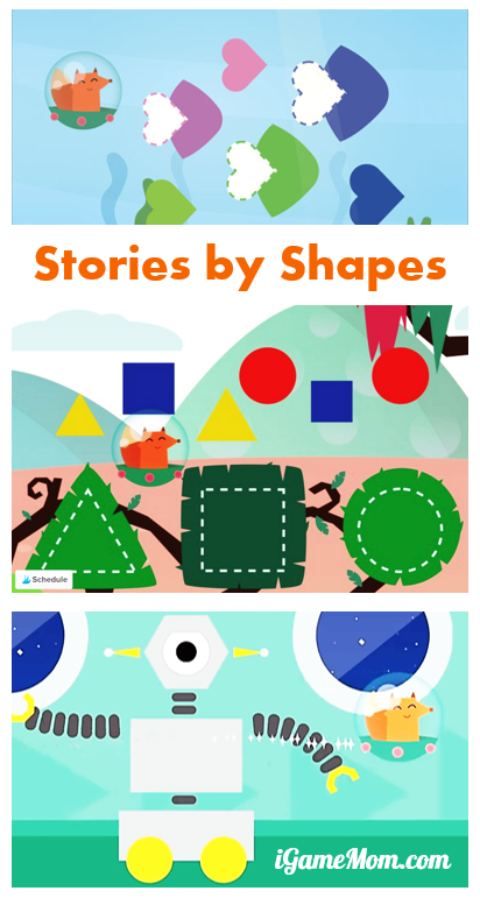 In addition, the Montessori environment gives the child the opportunity to fully demonstrate independence and responsibility. We will be glad to see you and your baby at our center!
In addition, the Montessori environment gives the child the opportunity to fully demonstrate independence and responsibility. We will be glad to see you and your baby at our center!
Prepared by a Montessori teacher
Malysheva Evgenia
Methods of forming ideas about the shape of objects in different age groups.
The formation of representations of volumetric geometric figures in preschoolers
F.I.O.:
Travna Svetlana
Place of work:
MBDOU TsRR - D/s No. 77 "Golden Fish" of the city of Stavropol
Position:
Educator
Formation of preschool children's ideas about three-dimensional geometric figures
Annotation:
This article analyzes the psychological and pedagogical literature on the problem of formation of ideas about three-dimensional geometric figures in preschool children. The program of distance learning is considered, which describes the age-related features of the study of geometric shapes.
Key words:
preschool education, preschool children, geometric figures, interaction with three-dimensional geometric figures.
In the modern world, the problem of the formation of ideas about three-dimensional geometric figures in preschool children is relevant, because. it plays a significant role in children's representations of mathematics.
According to scientific researchers such as A.M. Leushina, A.A. Joiner, L.A. Paramonov and others, it is necessary to initially introduce children to geometric shapes and their various properties from a young age. Also, these authors have developed a number of techniques with which it is much easier for children to get acquainted with three-dimensional geometric shapes [4; 5; 7].
According to A.M. Leushina and T.S. Budko is the psychological development of preschool children, since the acquired knowledge and abilities of children are considered a good start in mastering mathematics and for the successful entry of a child into school [2; 7].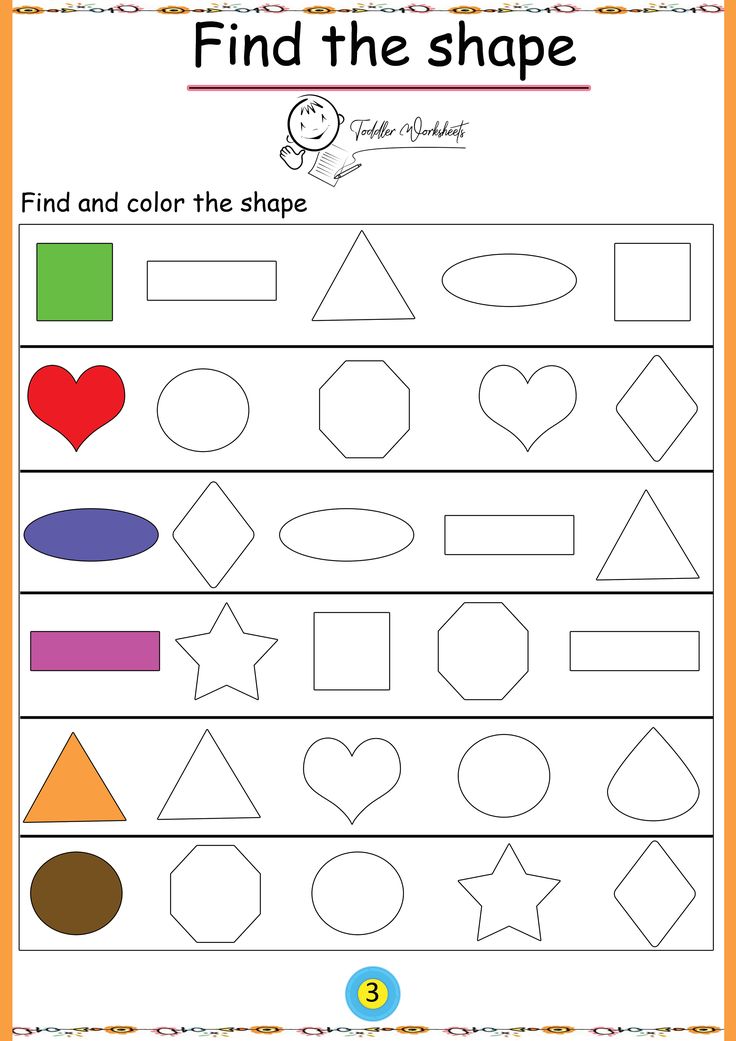
Consider the requirements of programs for the age characteristics of preschool children in the formation of three-dimensional figures:
with the general specifics of geometric shapes. In the middle group, they move on to mastering volumetric geometric shapes, such as a ball, cube, cylinder (preschoolers touch objects, pick them up, look and learn them). In the older group, they learn about the features of three-dimensional geometric shapes, GCD is carried out on the formation of mathematical representations. And finally, in the preparatory group for school, children try to model three-dimensional geometric shapes and consolidate their previously acquired knowledge [6].
2. Program "Childhood". In this program, there is a section that is referred to as "First Steps in Mathematics", training in this program takes place with children starting from 4 years old, at this stage, children develop ideas about three-dimensional geometric shapes, such as a cube and a ball, they study them form, contour, surface, these figures are examined by hand and examined.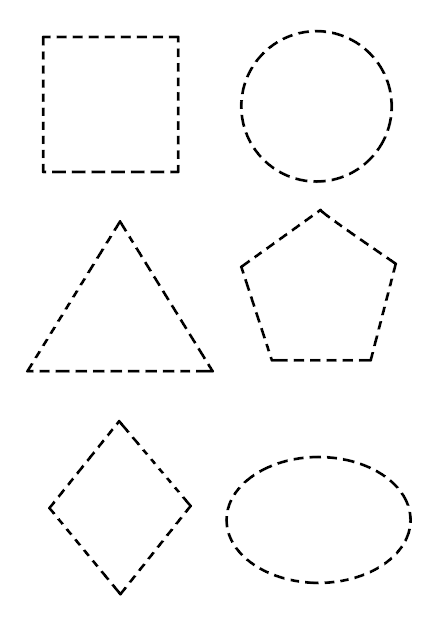 Already in the middle group, the guys begin to consolidate their ideas about three-dimensional figures and bodies, about their number and shape - this is a cube, a cylinder, a ball. At this age, training on FEMP is more widely directed. In the preparatory group, children repeat and reinforce the material that they learned at earlier stages of development [6].
Already in the middle group, the guys begin to consolidate their ideas about three-dimensional figures and bodies, about their number and shape - this is a cube, a cylinder, a ball. At this age, training on FEMP is more widely directed. In the preparatory group, children repeat and reinforce the material that they learned at earlier stages of development [6].
Consultation for teachers "Formation of geometric representations in children of preschool age"
Lyubov Safina
Consultation for teachers "Formation of geometric representations in children of preschool age"
Formation of geometric representations in children of preschool age is of great importance 901 for sensory and mental development children .
Sensory development (sensation and perception)
The source of elementary mathematical representations
is the surrounding reality, which the child learns in the process of various activities, in communication with adults and under their teaching guidance.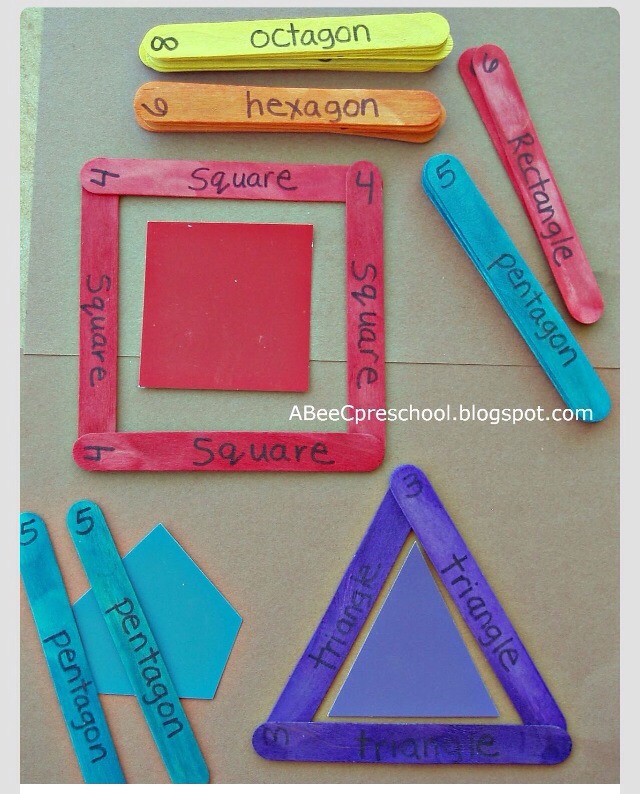 At the heart of young children's cognition of qualitative and quantitative signs of objects and phenomena are sensory processes (movement of the eyes tracing the shape and size of an object , palpation with hands, etc.). In the process of various perceptual and productive activities, children begin to form ideas about the world around them: about various features and properties of objects - color , shape , size, their spatial arrangement, quantity. Sensory experience is gradually accumulated, which is the sensory basis for mathematical development. When forming elementary mathematical representations in a preschooler , we rely on various analyzers (tactile, visual, auditory, kinesthetic)
At the heart of young children's cognition of qualitative and quantitative signs of objects and phenomena are sensory processes (movement of the eyes tracing the shape and size of an object , palpation with hands, etc.). In the process of various perceptual and productive activities, children begin to form ideas about the world around them: about various features and properties of objects - color , shape , size, their spatial arrangement, quantity. Sensory experience is gradually accumulated, which is the sensory basis for mathematical development. When forming elementary mathematical representations in a preschooler , we rely on various analyzers (tactile, visual, auditory, kinesthetic)
and develop them at the same time. The development of perception proceeds through the improvement of perceptual actions
(examination, feeling, listening, etc.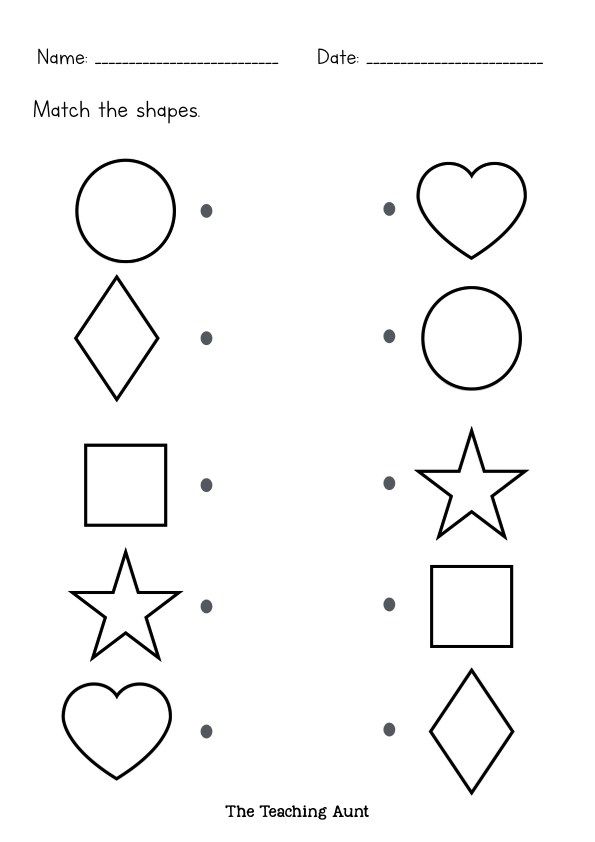 )
)
and the assimilation of systems of sensory standards developed by mankind
( geometric figures , measures of quantities, etc.)
.
Thinking is a process of conscious reflection of reality in representations and judgments .
Logical operations.
Analysis (decomposition of the whole into its constituent parts)
— Of what
geometrical figures is the machine composed?
Synthesis (knowledge of the whole in the unity and interconnection of its parts)
- Make a house out of
geometric shapes
Comparison (comparison to establish similarities and differences)
- How are these objects
9017 9017 similar? ( form )
- What is the difference between these
items ? (size)
Specification (clarification)
— What do you know about the triangle?
Generalization (expressing the main results in general position)
— How can one name a square, a rectangle and a rhombus in one word? Systematization
(arrangement in in a certain order )
Place nesting dolls according to their height.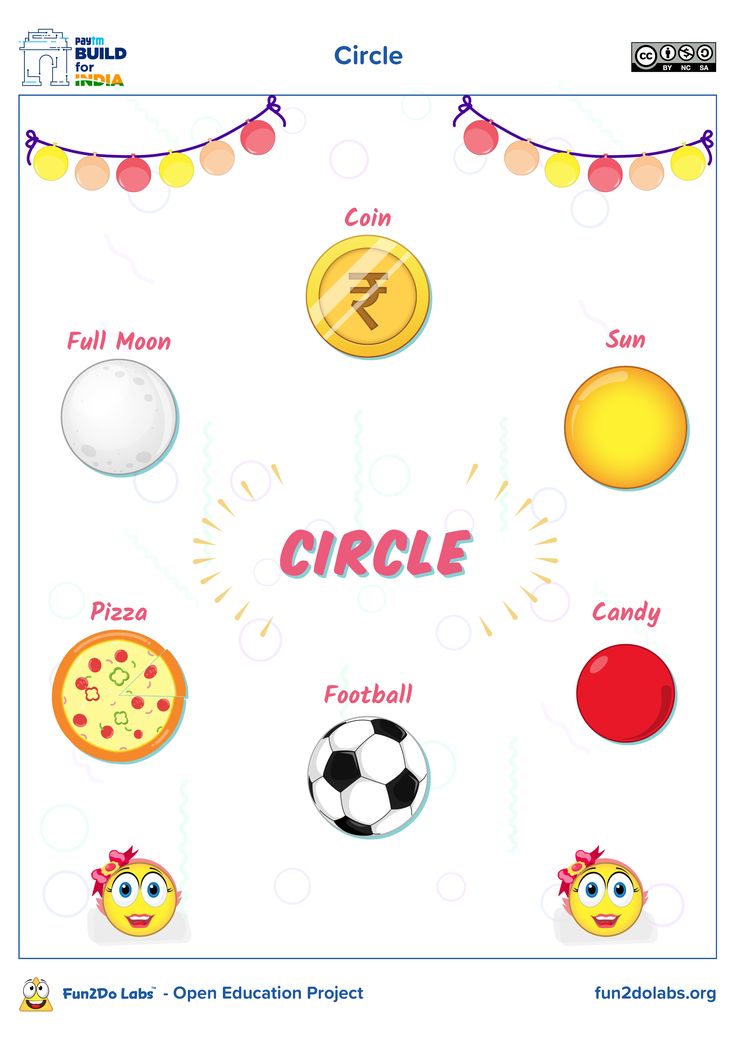
Classification ( distribution of objects into groups depending on their common features) - Divide the figures into two groups. - On what basis did you do it?
Abstraction (distraction from a number of properties and relationships)
- Show
round objects .
The development of perception is a complex process, which includes, as the main points, the assimilation by children of the "sensor standards" developed by society
and the mastery of methods of examination
objects . Term-min "sensor standards"
was proposed by A
. V. Zaporozhets.
Sensory standards are generally accepted patterns of every kind of property and relationship items . So, in the area , the shapes are geometric shapes .
Entertaining games and exercises with geometric content are of great benefit in working with children.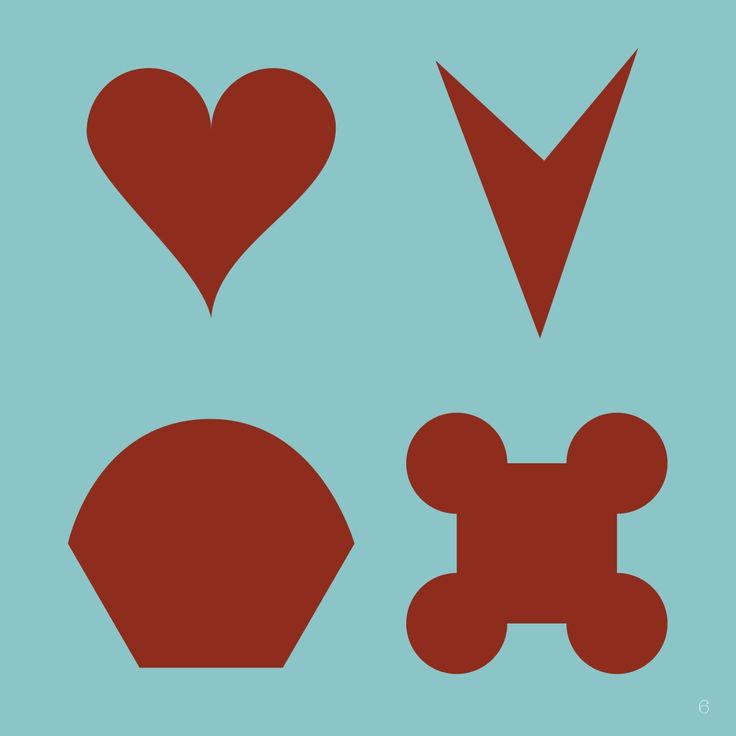 They develop interest in mathematical knowledge, contribute to the formation of mental abilities of preschool children .
They develop interest in mathematical knowledge, contribute to the formation of mental abilities of preschool children .
The formation of ideas about geometric shapes at preschool age is one of the most difficult tasks in the intellectual development of a child.
In the methodological manuals for teachers , it is said that the introduction of elements of geometry into the course of preschool education is propaedeutic in nature - introductory. Geometric material is studied at the level of knowledge - acquaintance. No rules and definitions are memorized with preschoolers , children practically distinguish geometric figures , compare them, depict them on paper.
Geometric material in the program of preschool education is not allocated to an independent section, it is included in the program of each year of study.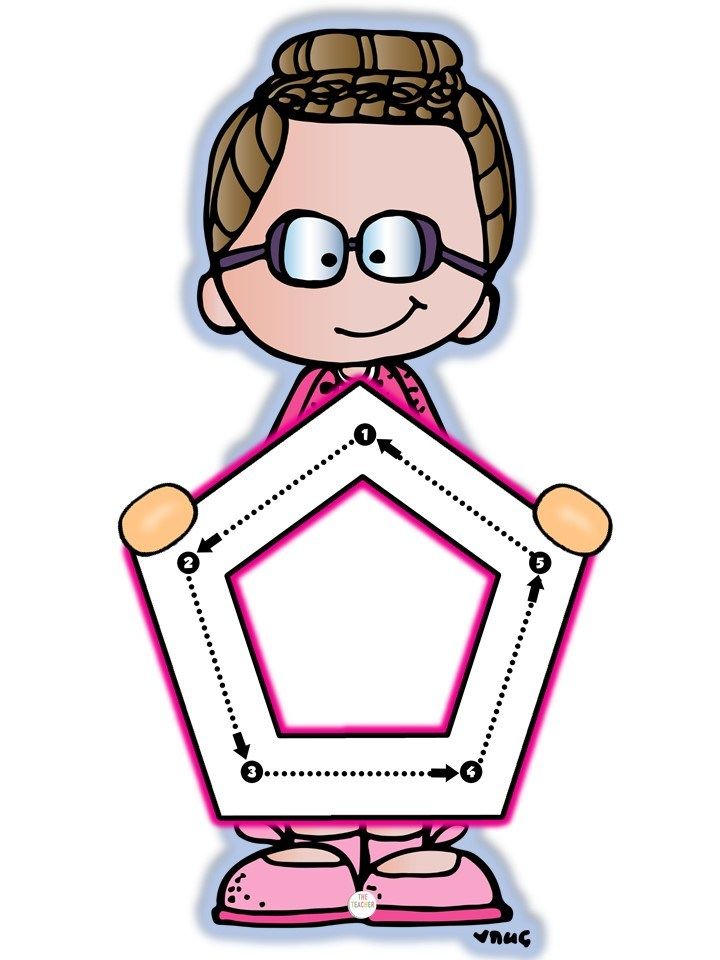 The study of geometric figures takes place in close connection with other educational subjects : this is drawing and the initial elements of drawing, work and acquaintance with the outside world.
The study of geometric figures takes place in close connection with other educational subjects : this is drawing and the initial elements of drawing, work and acquaintance with the outside world.
For a child, as well as for an adult, geometric figures are standards, using which he determines the shape of objects and their parts .
Early age : grasping objects and manipulating them.
Second year of life: examination of the object (directed actions)
. The third-fourth years of life:
palpation with the palm of the hand , the gaze falls on the center of the object (motor form used for examination ) .
Fifth-sixth years of life: feel an object with both hands .
By the age of seven: follow the entire contour of the figure with the fingertips, examine the contour of the object with the eyes .
For children the development of tactile sensations is very important! Hands, palms , fingers of a child are very important parts of his body, which are responsible for the development of mental activity. At the moment a child touches a different surface, many processes take place in his brain that allow him to identify the object he touched.
Tactile sensations are one of forms of communication between a child of an early age and the outside world .
The functioning of the areas of the cerebral cortex responsible for speech depends on the development of finger movements. Stimulation of tactile senses also has a positive effect on coordination, attention, thinking, imagination, visual and motor memory.
Thus, the work on the development of tactile sensations and fine motor skills of the hands has a beneficial effect on the development of all aspects of the child's psyche, including the development of speech.
Sensory development is the development of perception of signs of objects of the surrounding world with the help of different sense organs.
Perception - reception of sensory (sensory)
stimuli and their processing in the higher parts of the brain.
The development of sensory perception directly depends on the perceptual abilities of the child. The necessary conditions for their development are the optimal activity of the brain, analyzer channels that carry out perceptual processes and sufficient sensory stimulation, starting from the early stages of a child's life. Delays in the development of perceptual abilities are explained by damage and immaturity of the brain in early age , sensory disorders (impaired vision and hearing, impaired cognitive processes, epilepsy, disorders of cerebral function.
For the formation of polysensory perception, the development of sensory perception is of great importance the development of groping movements of the hands, simultaneously with visual fixation of an object .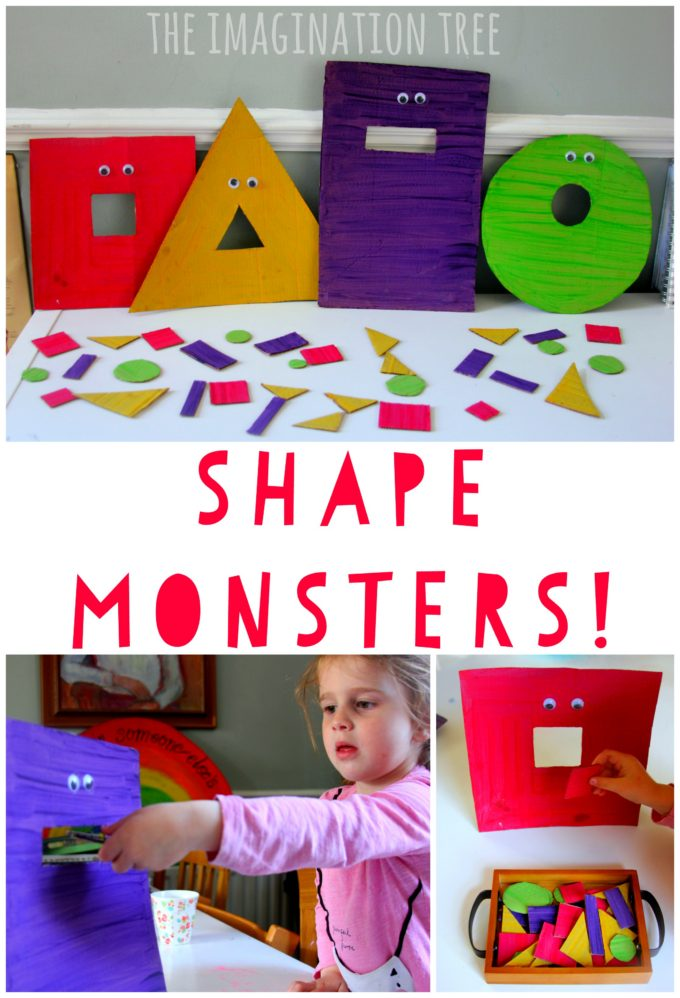 holding an object in the hand or , on the contrary, releasing an object from the hands indicates a lag in sensorimotor and perceptual development . In order to stimulate the development of these skills, the child is put into the hand of various shape , size, gravity and texture objects , and draw attention to the object under study, forming the ability to navigate in the objective world through various manipulations with objects. Items , toys are selected according to the psychomotor abilities of the child.
holding an object in the hand or , on the contrary, releasing an object from the hands indicates a lag in sensorimotor and perceptual development . In order to stimulate the development of these skills, the child is put into the hand of various shape , size, gravity and texture objects , and draw attention to the object under study, forming the ability to navigate in the objective world through various manipulations with objects. Items , toys are selected according to the psychomotor abilities of the child.
Sensory-perceptual processes develop intensively in a child aged from 3 to 7 years , acquiring qualitatively new properties. Perception acquires a purposeful, organized, arbitrary character, in a child is formed perceptual activity. Its main element is exploratory actions, which originate at an early age , and in preschoolers acquire a consistent and indirect character, are carried out with the help of special means - sensory standards.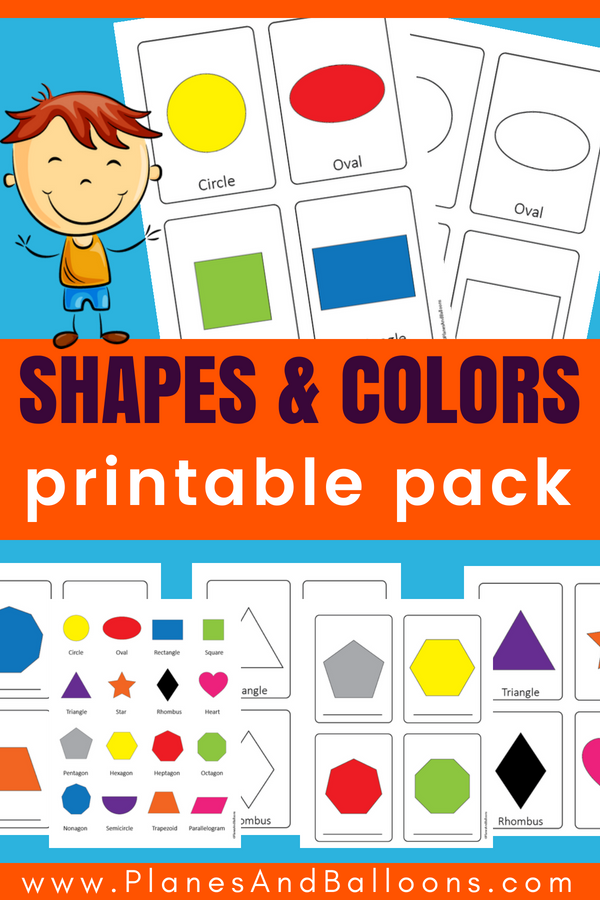
In elementary preschool age . The sequence of studying geometric shapes : 1. Visual recognition and naming. 2. Examination by tactile-motor way. 3. Mutual overlap. 4. Selecting some elements (sides, corners)
and properties. 5. Verbal description. 6. Various activities with figures.
After the children learn to isolate the sign of the form , remember the names of geometric shapes , learn to examine them in a tactile-motor way, group shapes of different colors and sizes according to shape , lay out serial rows in size from geometric shapes , we begin to study the features and properties of geometric shapes .
Acquaintance with three-dimensional forms and models of three-dimensional geometric figures (cube, ball, cylinder, etc.)
occurs in the process of playing with building and other materials in even younger groups: — Look.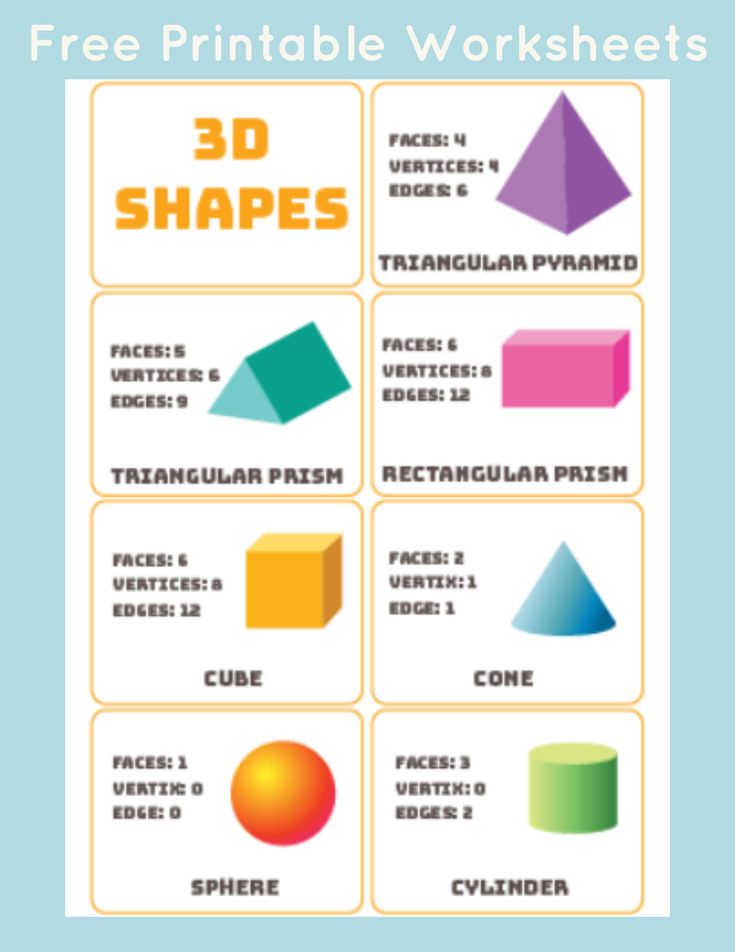 - Take it. - Touch it. - Name it. - Show me. - Act. - Give me the same one. - Give me what I call. Children distinguish
- Take it. - Touch it. - Name it. - Show me. - Act. - Give me the same one. - Give me what I call. Children distinguish
objects in the form , but the models are treated like toys. The teacher can introduce children with the correct terms, teach them to name and examine models in a tactile-motor way (pat, ride, build, etc.)
. visual material. Models of three-dimensional
geometric figures : (demonstration and handouts)
: cube, sphere, cylinder, cone, pyramid, prism, parallelepiped. Construction material,
constructors "Lego"
, all kinds of liners like the Seguin board. Volumetric
objects with a pronounced shape : ball - ball, orange; cube - cube, box; cylinder - can, glass; cone - cap; pyramid - an old-style package of milk; prism - pencil case; parallelepiped - soap, etc. In the middle group, we introduce volumetric geometric figures based on comparing them with each other and comparing them with flat figures. Teaching sequence: 1) viewing and naming; 2) tactile-motor examination and verbal description of the figure; 3) various actions with models (roll, set, etc.)
Teaching sequence: 1) viewing and naming; 2) tactile-motor examination and verbal description of the figure; 3) various actions with models (roll, set, etc.)
to identify essential properties; 4) exercise in grouping, laying out serial rows.
Only after mastering three-dimensional models we offer pictures with their image, we teach to recognize three-dimensional shapes in drawings
In each age group the method of acquaintance with geometric figures has its own peculiarities. When analyzing the content of the work under section " Form "
in the exemplary basic general education program
preschool education "From birth to school"
ed. Veraksa N.E., it is possible to trace how the didactic principle of gradual complication of the content of education is carried out in different
age groups .
In early age groups , in various activities, children enrich their sensory experience. In the process of getting to know objects , the child hears the name of shapes (cube, brick, ball, while simultaneously perceiving them (strokes object , traces a finger along the contour, knocks, throws, etc.). At the same time, acquaintance with basic figures (square, quadrilateral, circle, triangle)
In the process of getting to know objects , the child hears the name of shapes (cube, brick, ball, while simultaneously perceiving them (strokes object , traces a finger along the contour, knocks, throws, etc.). At the same time, acquaintance with basic figures (square, quadrilateral, circle, triangle)
.
In the first younger group, children learn to distinguish objects by shape and name them (cube, brick, ball)
.
The teacher constantly draws the attention of children to toys , which have a pronounced form of sensory standards , encourages them to distinguish (such - not such)
and name them.
In the middle group, children get acquainted with geometric shapes : circle, square, triangle. Examine shapes of these figures (using sight and touch)
.
Development of ideas about geometric figures : circle, square, triangle, as well as a ball, a cube.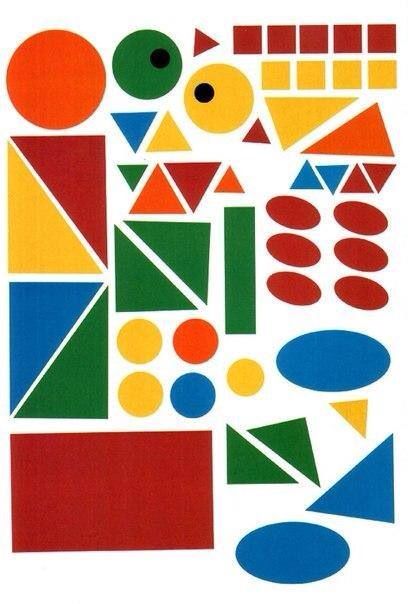 Formation of the ability to highlight special features of figures with the help of visual and tactile-motor analyzers (presence or absence of angles, stability, mobility, etc.)
Formation of the ability to highlight special features of figures with the help of visual and tactile-motor analyzers (presence or absence of angles, stability, mobility, etc.)
.
Introducing children to the rectangle (comparing it with circle, square, triangle)
.
Formation of the ability to distinguish and name a rectangle, its elements: corners, sides.
Formation of ideas that figures can be of different sizes: Large - small cube (ball, circle, square, triangle, rectangle)
.
Development of the ability to correlate the shape of objects with geometric figures known to children : a plate - a circle, a scarf - a square, a ball - a ball, a window, a door - a rectangle, etc.
In the senior group
Acquaintance with the oval based on its comparison with a circle and a rectangle. Formation of ideas about the quadrilateral : leading to the understanding that the square and the rectangle are varieties of the quadrilateral.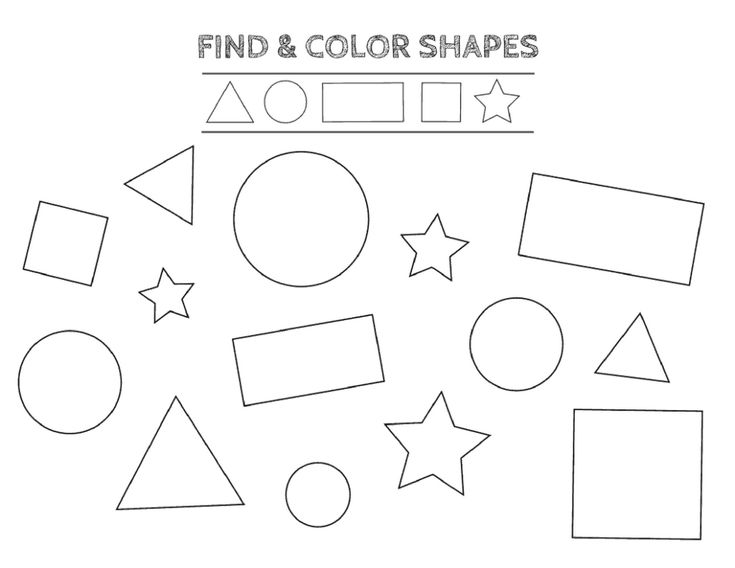
Development of geometric vigilance in children : ability to analyze and compare objects in shape , find in the immediate environment objects the same and different shapes : books, picture, blanket, table tops - rectangular, tray and dish - oval , plates - round, etc.
Development of ideas about how to make another from one form.
In the preschool group.
Refinement of knowledge about geometric figures , their elements (vertices, angles, sides)
and some of their properties.
Formation of ideas about a polygon (on the example of a triangle and a quadrilateral, about a straight line, a straight line segment.
Consolidation of the ability to recognize figures regardless of their spatial position, arrange on a plane, arrange by size, classify, group them by color, form , dimensions.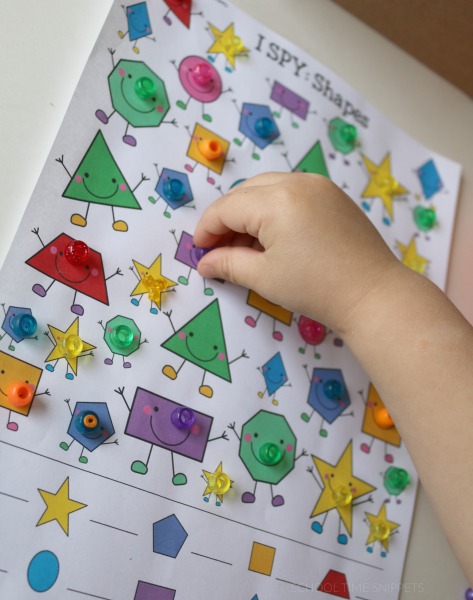
Consolidation of the ability to analyze the shape of objects as a whole and their individual parts; recreate objects complex in form from separate parts according to contour samples, according to the description, presentation .
Research by AN Kholmovskaya shows that a child of early age is indifferent to the names of geometric figures .
For children from 2 to 3 years old, the main identifying feature of the figure is the surface, the plane. They take the figure in their hands, manipulate, play with it. In this at the age of children can distinguish among others a separate geometric figure , they can choose according to the model, but on condition that they are contrasting in shape (circle and square, rectangle and oval, if similar, then it is difficult, they confuse them (rectangle and a trapezoid)
. Mastering
Mastering
the shape of objects and geometric figures at this age takes place in vigorous activity: children build towers from cubes, load objects into cars , shift them, select geometric figures and correlate with the slot of the corresponding form (insert games)
.
Children from 3 to 4 years old begin to distinguish geometric figures from objects , highlighting their shape . Naming the figures, they say "circle"
,
"cube"
,
"ball"
. Children examine the figures tactilely - by motor, trying to draw a finger, a hand along the contour. Begin to perceive structural elements
geometric figures (angles, sides, while abstracting from color, size.
However, the visual perception of geometric figures still remains fluent, inaccurate, since the child's gaze does not focus on the contour or plane.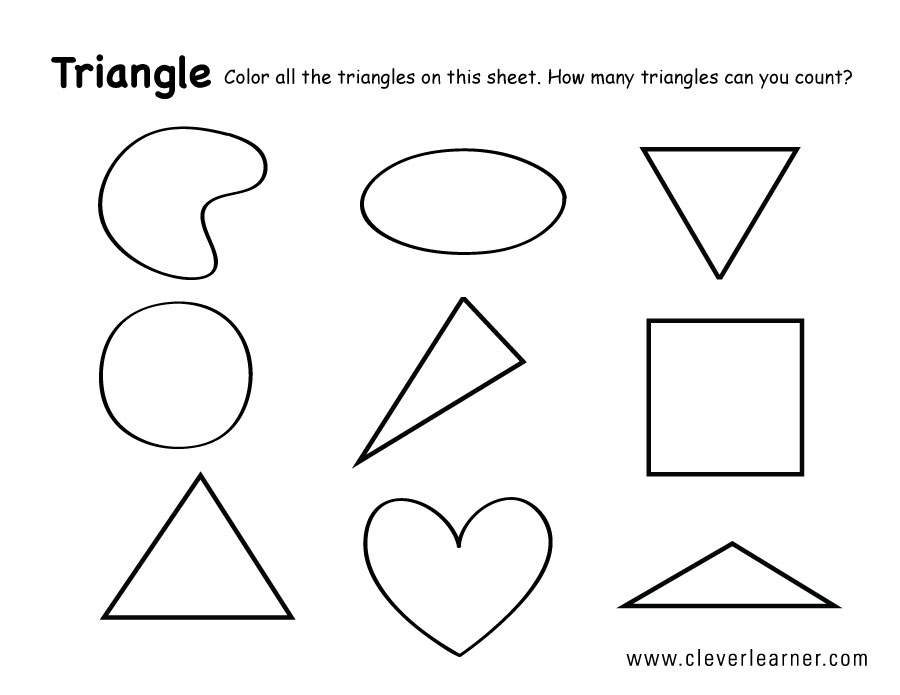 Because of this, children continue to confuse similar figures.At the age of , children develop accurate ideas about the figure , they successfully establish similarities and differences shapes of objects with geometric figures , can display shapes in productive activities.
Because of this, children continue to confuse similar figures.At the age of , children develop accurate ideas about the figure , they successfully establish similarities and differences shapes of objects with geometric figures , can display shapes in productive activities.
At the age of 5-6, children perceive geometric figures visually , tactilely - motor examination becomes unnecessary. In the process of visual examination, they fix the contour, highlight the corners, vertices, sides, and on this basis include the figure in a group of rounded or angular figures, group, classify, arrange, systematize them. Recognizing geometric figures and their properties, the child is able to give verbal characteristics to the shapes of objects and geometric figures . Psychologist S. N. Shabalin in his study determined the sequence of mastering by preschool children the shape of objects and geometric figures , highlighting three stages.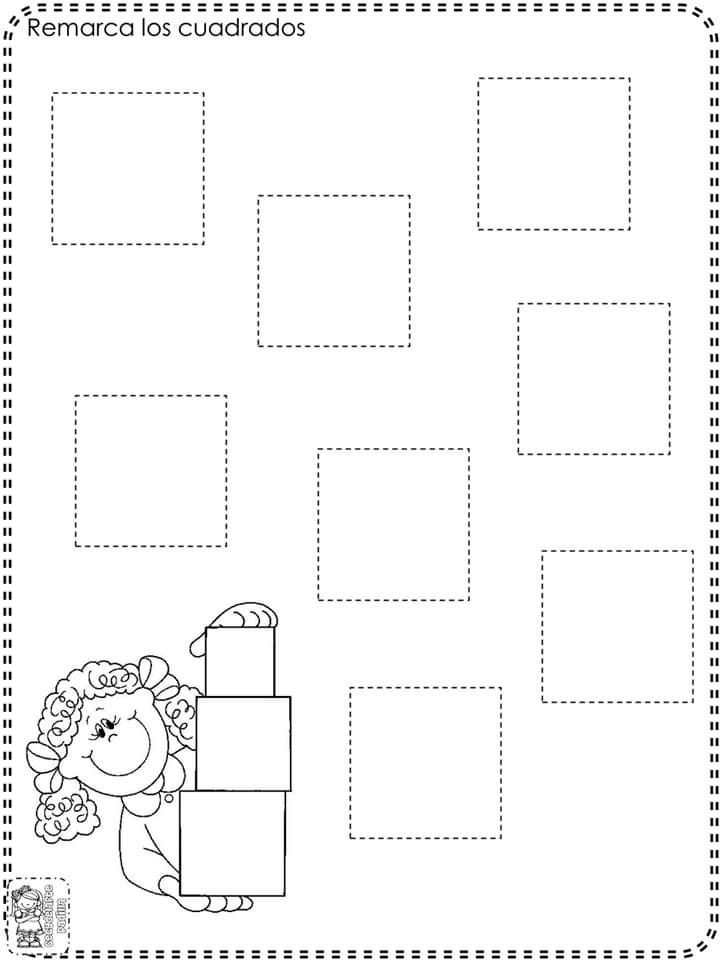
I. Stage objectification (up to 1.5-2 years)
. The child perceives
geometric figures as ordinary objects , toys and calls them by the names of these objects : a cylinder - a glass, a triangle - a scarf, a square - a window.
II. Comparison stage (2 to 4 years)
. Children no longer identify
a geometric figure with an object , but compare an object with a geometric figure , a geometric figure with an object , reflect the comparison in speech: "Triangle, like a sail"
,
"Circle, like a wheel »
.
III. Stage when geometric figure becomes the standard (from 5 to 6 years)
. The objects surrounding
are compared with this standard, their parts and their shape is determined : ball - ball, carrot - cone, plate - circle.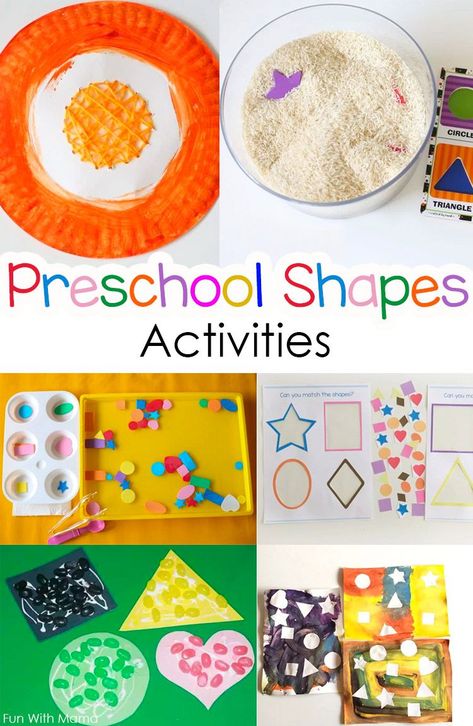
Thus, the perception of a form by a child of preschool age is carried out on the basis of its simultaneous examination by visual, tactile and motor methods with the naming of features.
In the studies of Z. E. Lebedeva, R. L. Nepomnyashchaya a sequence was determined in the formation of knowledge about geometric figures .
1. Demonstration of a geometric figure and naming it.
2. Examination of a geometric figure by specific mathematical operations (counting, measurement)
.
3. Showing several geometric figures identical in shape , but different in color and size, their comparison. At the same time, attention is drawn to children for the independence of the form from the size and color of the figure.
4. Comparison of geometric figures with objects similar in shape to ; finding among the surrounding objects such , which are similar in shape to the sample .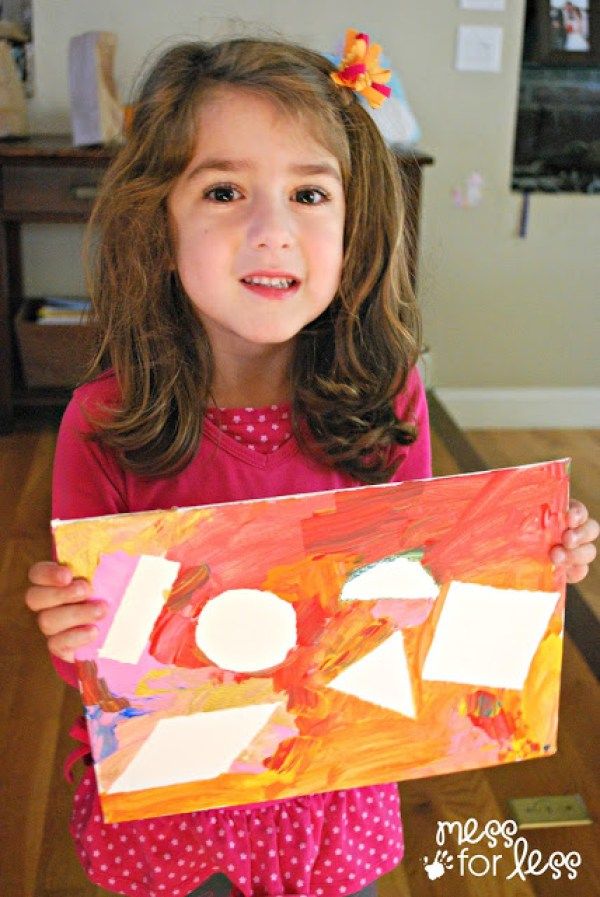
5. Comparison of objects in the form with each other using geometric figure as a standard .
6. Comparison of familiar geometric shapes , definition common qualities and differences (oval and circle, square and rectangle, etc.)
.
7. Consolidation of the properties of geometric figures by measuring, molding, drawing, laying out, transfiguration, etc.
The work of familiarizing children with shape and geometric figures begins at an early age . Curriculum determined that children should be introduced to flat-printed and three-dimensional figures: circle, square, triangle, rectangle, oval, trapezium, rhombus, ball, cube, cylinder, prism, cone, pyramid, and form ideas about them at the level of recognition, action and passive vocabulary. In various activities, children are given the opportunity to act with figures, correctly naming them.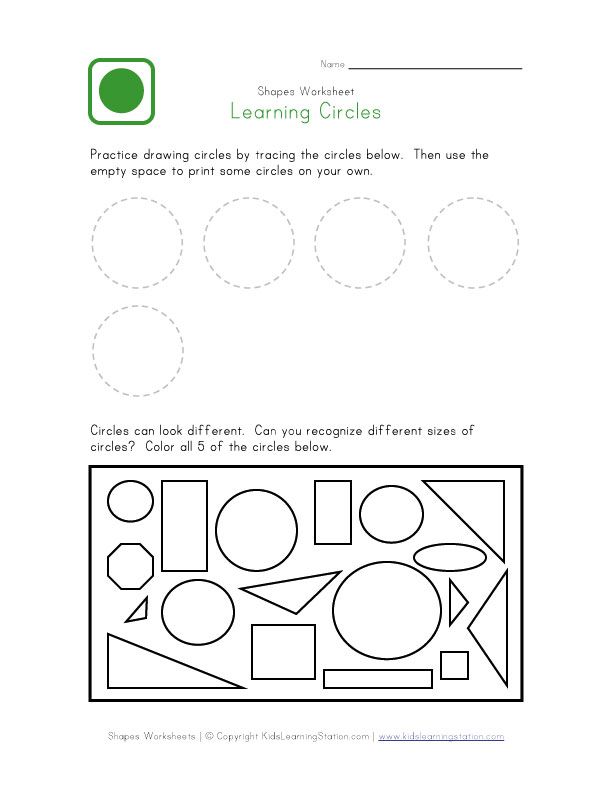
Acquaintance with geometric shapes and forms is facilitated by cognitive and practical activities (tasks "Find the same cubes and build a turret"
,
"Roll the ball into the goal"
, etc. (change
mold molded from wet sand; according to the existing folds, cubes are folded from reamers, etc., artistic activity - appliqué, drawing, modeling.
In the process of familiarization with geometric figures of young children , the method of pairwise comparison is used - planar with planar, planar with volumetric, volumetric with volumetric are compared. For example, comparing a ball and a cube, children find common and different things in these items . Assigned teacher the child takes the ball in his hands, strokes it, makes sure that it has no corners, it can be rolled. Similarly, knowledge about the cube is clarified and generalized: the cube has a network of corners, sides (faces, it is stable, it is impossible to roll it.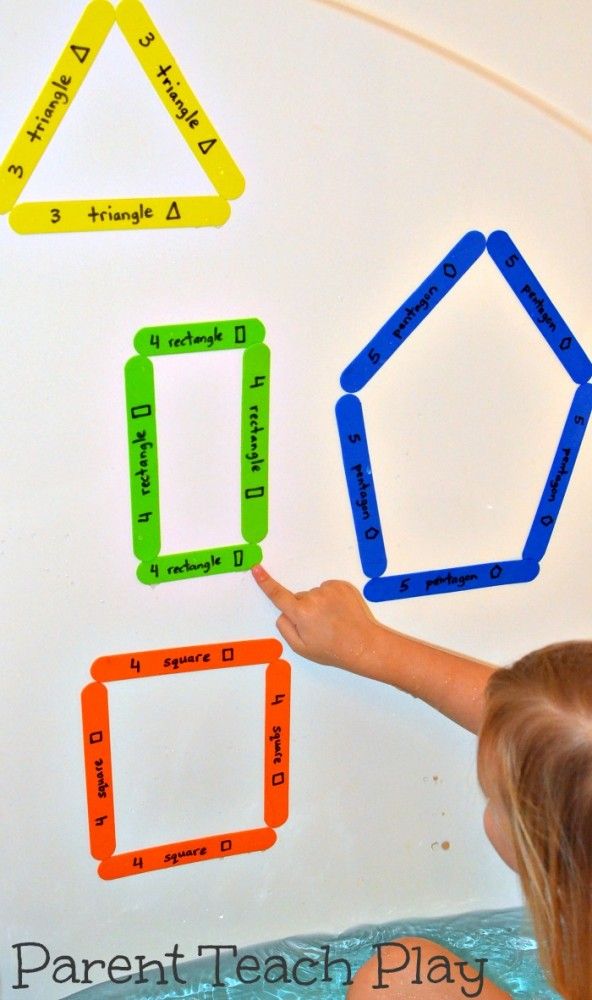 From cubes you can build houses, turrets.Children compare balls, cubes of different colors and sizes, thereby the teacher leads them to the conclusion that the shape does not depend on the color
From cubes you can build houses, turrets.Children compare balls, cubes of different colors and sizes, thereby the teacher leads them to the conclusion that the shape does not depend on the color
In the teaching methodology middle-aged children is a more detailed survey of geometric shapes . Children learn to characterize figures on a quantitative basis, counting sides, angles, vertices, get acquainted with the nature of the aspect ratio. Comparing geometric shapes , preschoolers identify relationships of identity and similarity, equivalence.
From a direct comparison of geometric figures children move on to a verbal description of their shapes . The order of consideration, comparison, description can be as follows: What is it? What colour? What size? What is the difference? How are they similar?
Middle-aged children are introduced to lines (straight line, curve, broken line, arc, they are taught to distinguish them in objects , geometric shapes .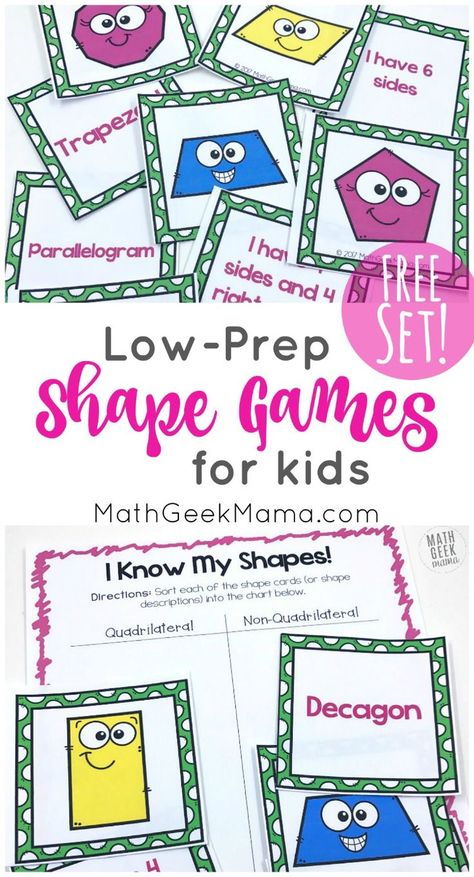 For example, in a circle, an oval, you can see an arc, a curve; in a trapezium, a rectangle - a straight line
For example, in a circle, an oval, you can see an arc, a curve; in a trapezium, a rectangle - a straight line
In older children, a survey of geometric figure becomes even more detailed and detailed. All work on the formation of representations and concepts is based on the comparison and comparison of their models, the models are no longer compared in pairs, but three or four figures at once. So, while clarifying ideas about a rectangle , children are shown several rectangles, different in size, made of different materials, different colors. At the same time, attention is drawn to the fact that form does not depend on size, color. Children identify the features of this figure: they are equal in pairs, sides, angles are also equal.
Children of older preschool age are also invited to draw geometric figures in a checkered notebook. When sketching, precise, clear instructions are given: what to draw, what size, in what quantity.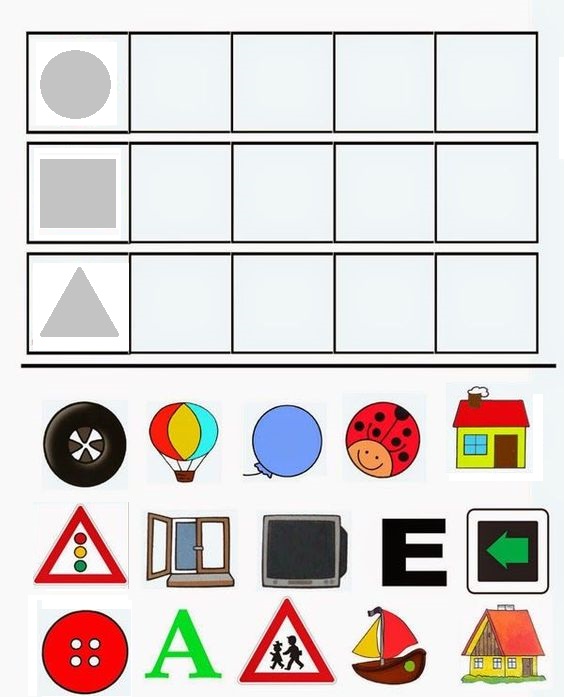
In the process of familiarizing children with geometric figures , such a technique is used as laying out geometric figures from sticks . At the initial stages, children lay out geometric figures according to the model , in the older group - 9 each0179 presentation , they are taught to modify the laid out objects by rearranging one or more sticks.
Transfiguration is an important point in expanding geometric representations of . For this, special games are used: Pythagoras
,
“Magic Circle”
,
“Mongolian game” 9000 9000 and Mongolian game and Mongolian game.
Curriculum defines task , to form generalized concepts in children of senior preschool age : quadrilateral, polygon, triangular, rounded figures.
To systematize geometric knowledge allows familiarity with polygons.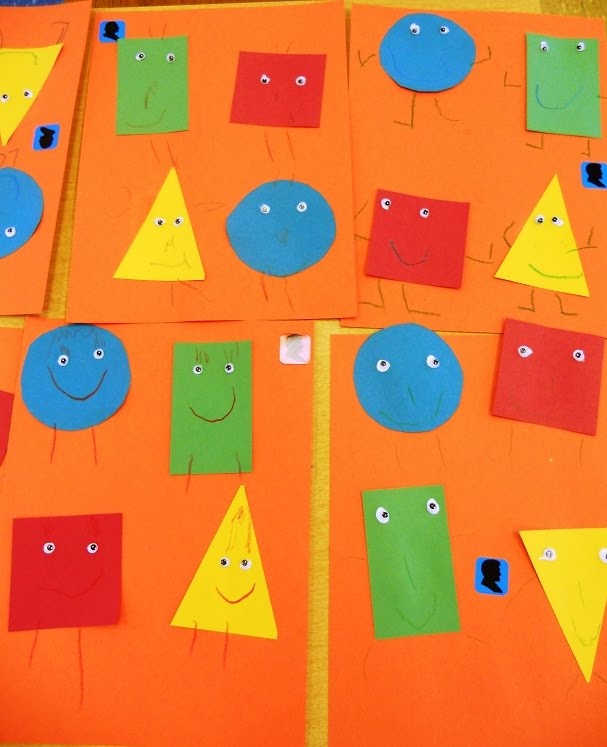 You can show the children a pentagon and a hexagon without naming them, give them the opportunity to examine, compare with the known shapes and come up with names. The teacher , summarizing the answers of children , will give the correct names. Actions with a variety of form figures allow children to be brought to the generalization : all figures that have three or more corners, sides, vertices can be attributed to the group of polygons. All practical and intellectual actions of children should be directed to the knowledge of the structural elements of geometric figures , their features and, most importantly, to the realization that some figures are in a subordinate relationship to others. The concept "quadrilateral"
You can show the children a pentagon and a hexagon without naming them, give them the opportunity to examine, compare with the known shapes and come up with names. The teacher , summarizing the answers of children , will give the correct names. Actions with a variety of form figures allow children to be brought to the generalization : all figures that have three or more corners, sides, vertices can be attributed to the group of polygons. All practical and intellectual actions of children should be directed to the knowledge of the structural elements of geometric figures , their features and, most importantly, to the realization that some figures are in a subordinate relationship to others. The concept "quadrilateral"
is a generalization of such concepts as a square, rhombus, trapezoid, etc., and in the concept
"polygon"
includes all triangles, quadrangles, pentagons, etc.